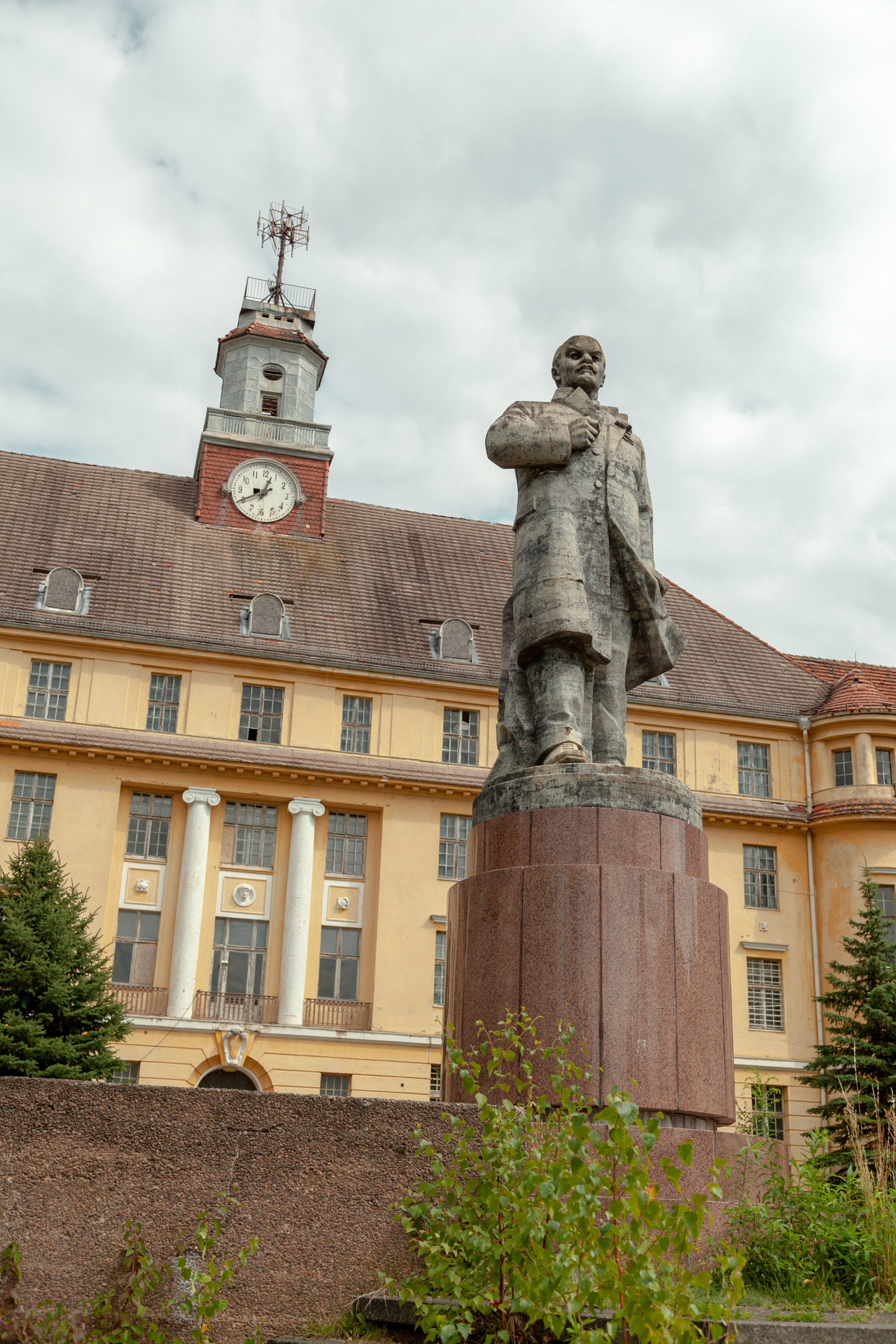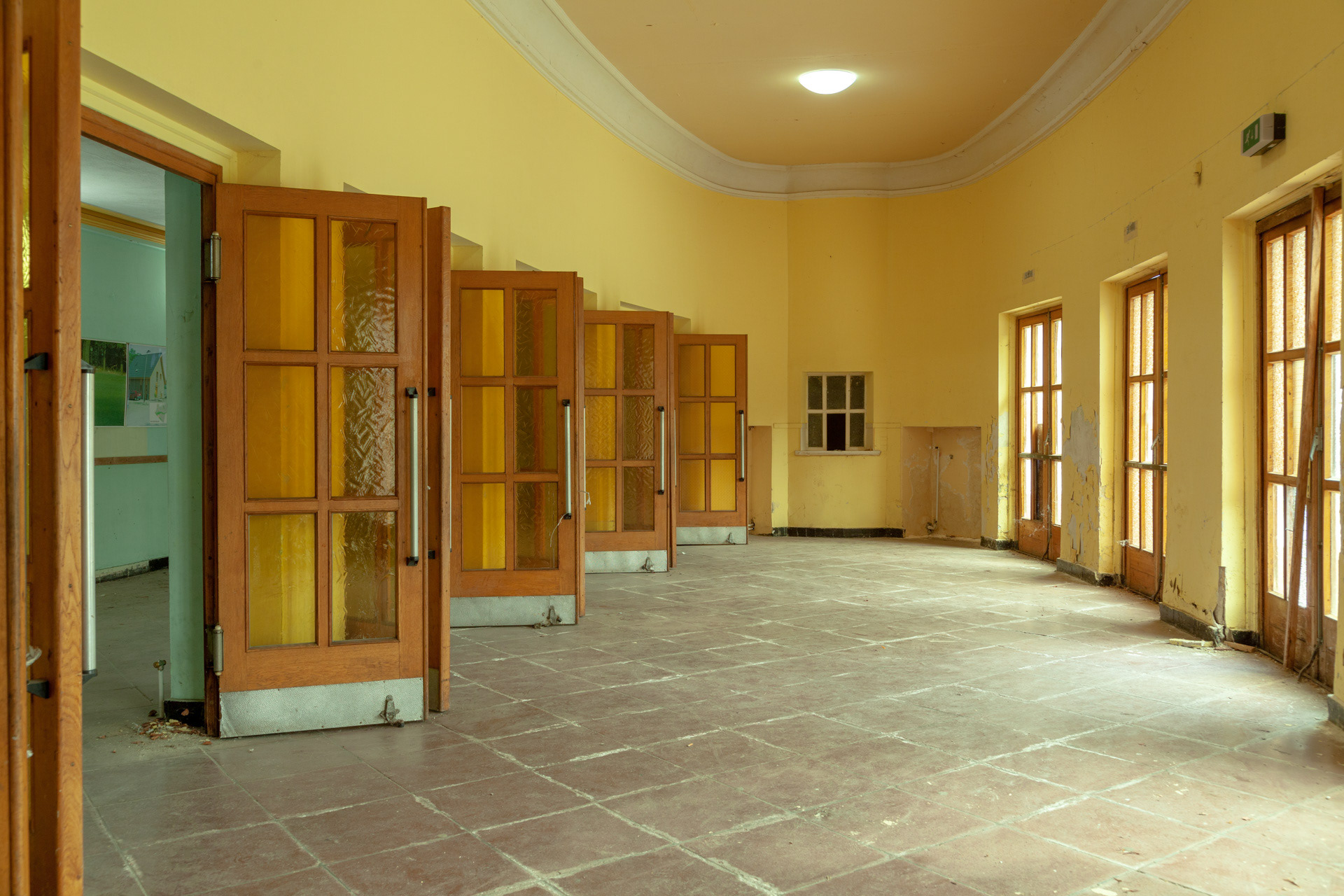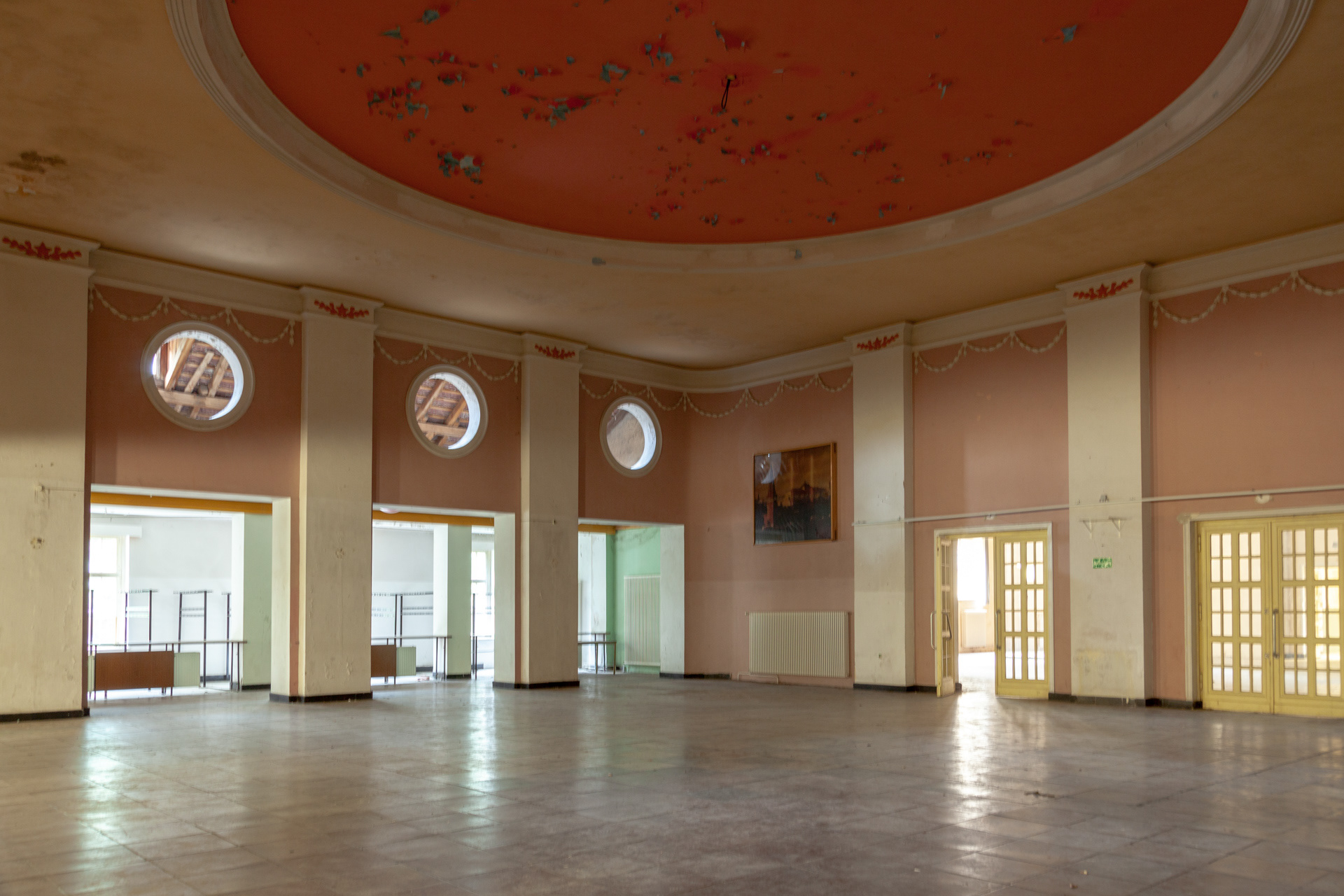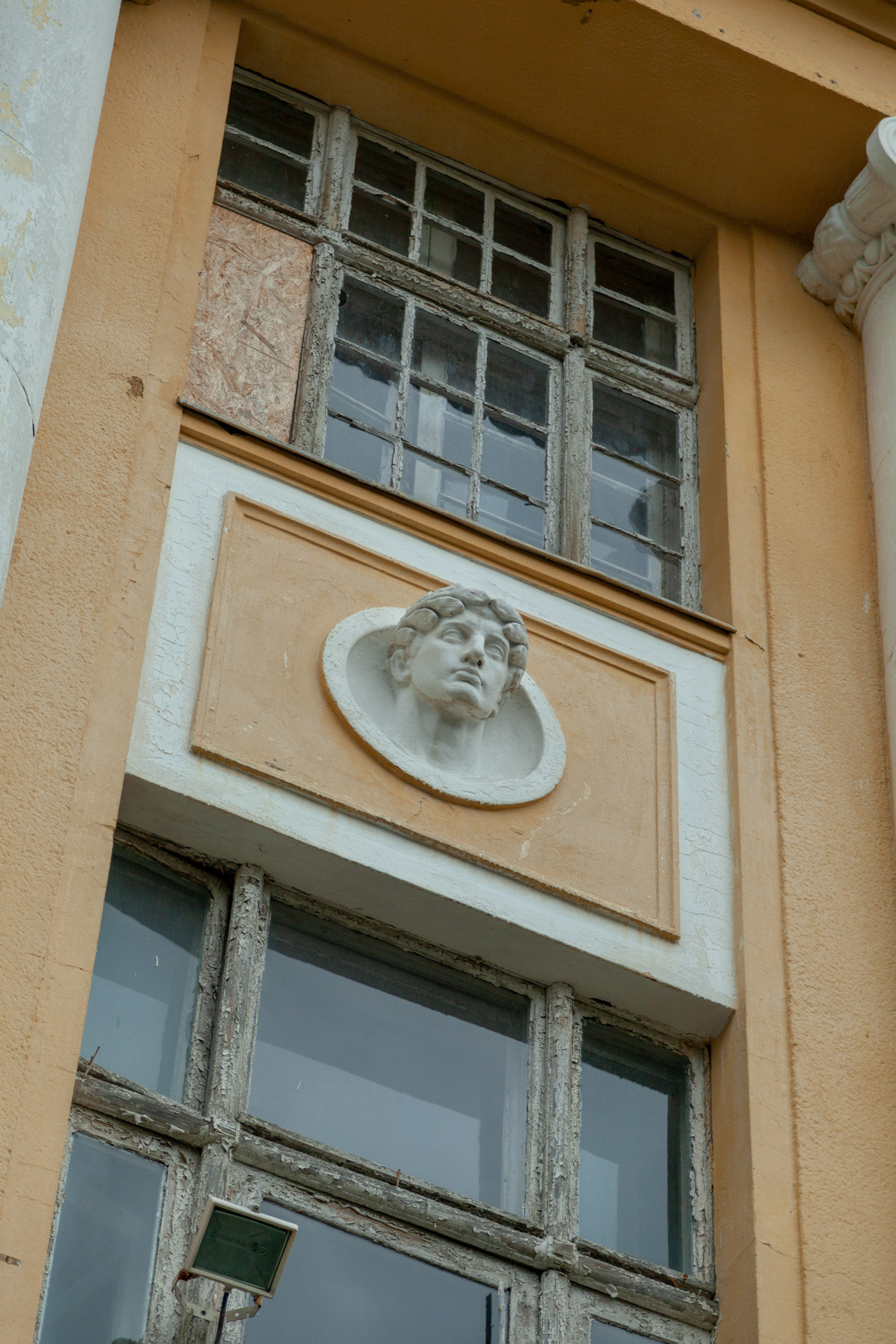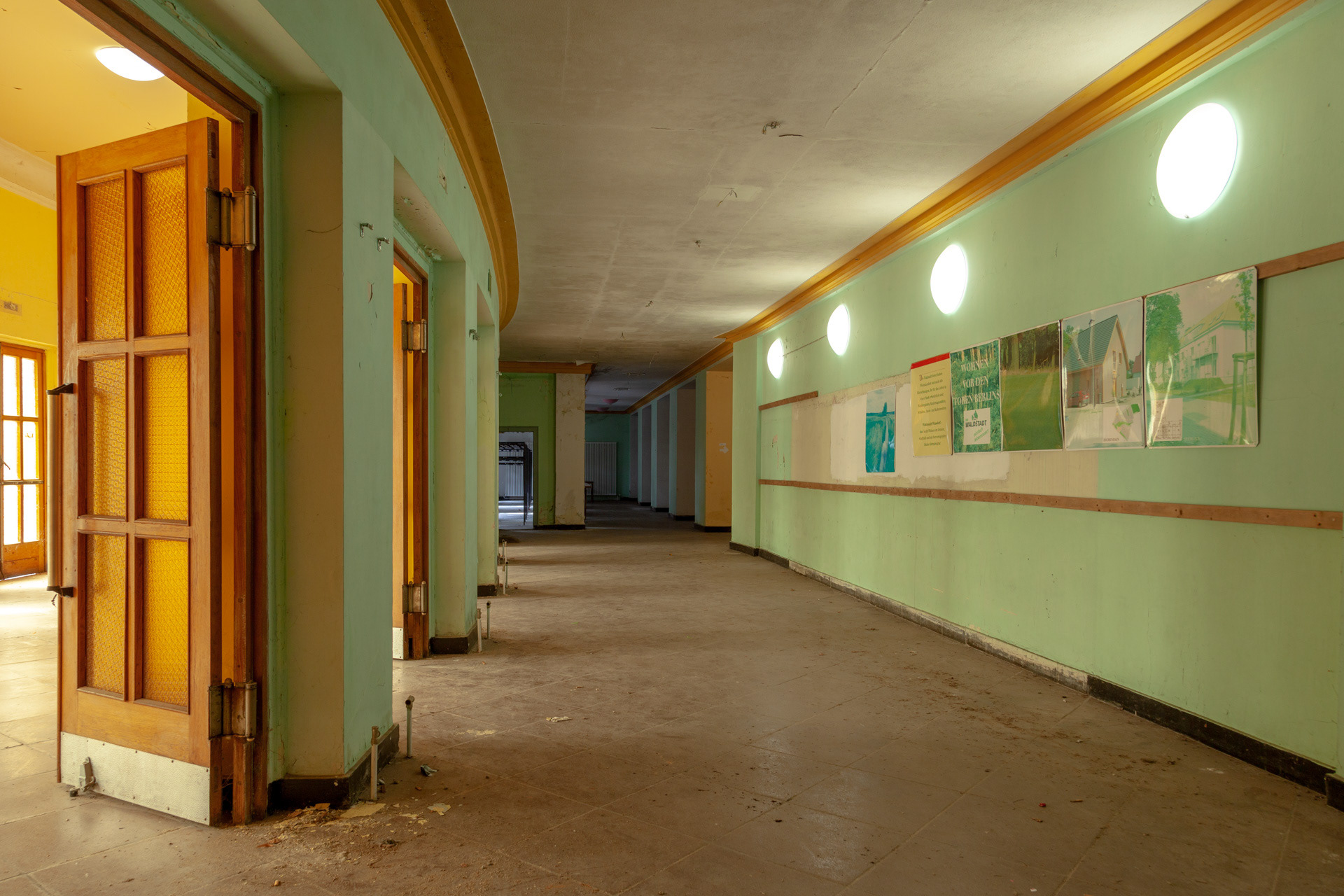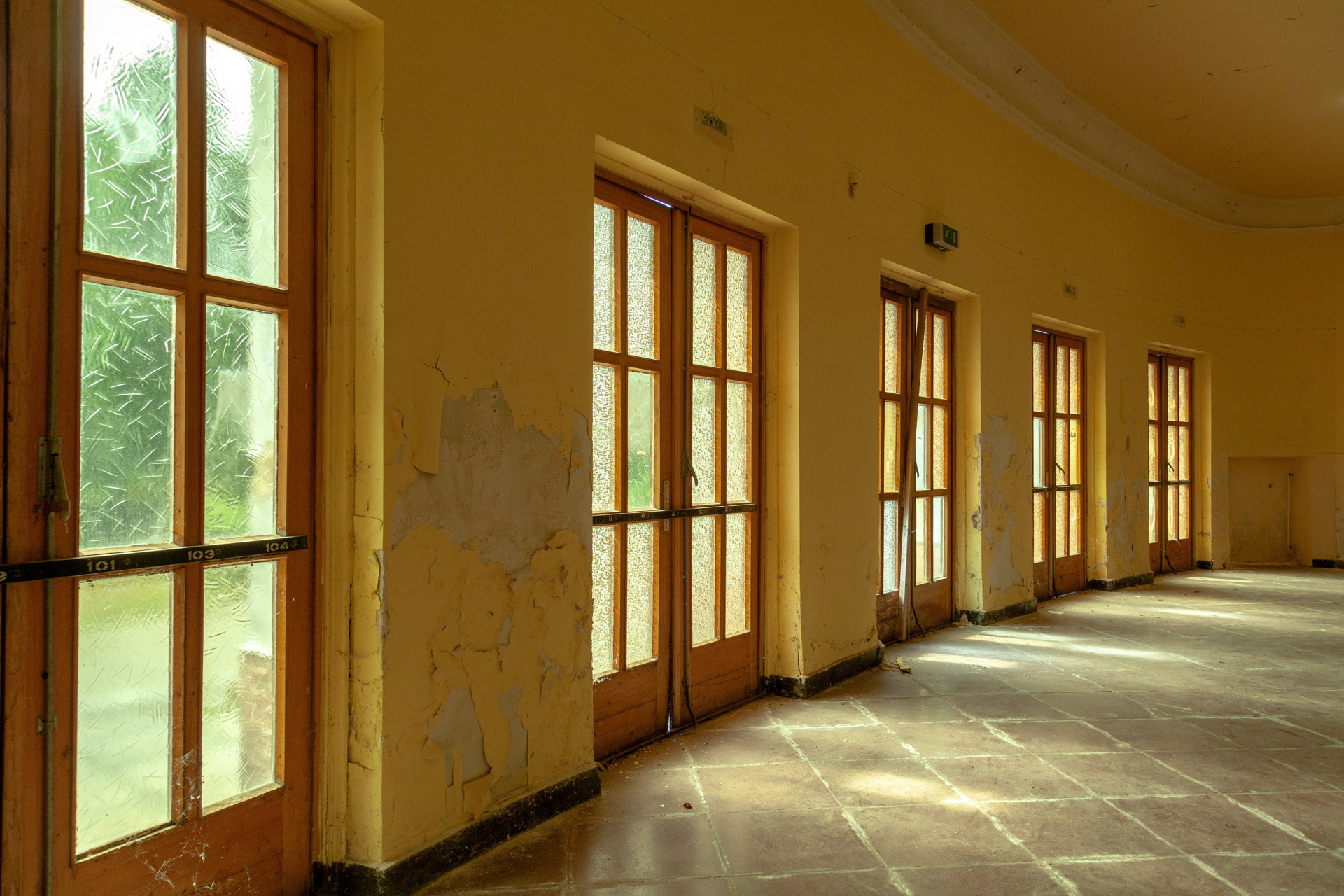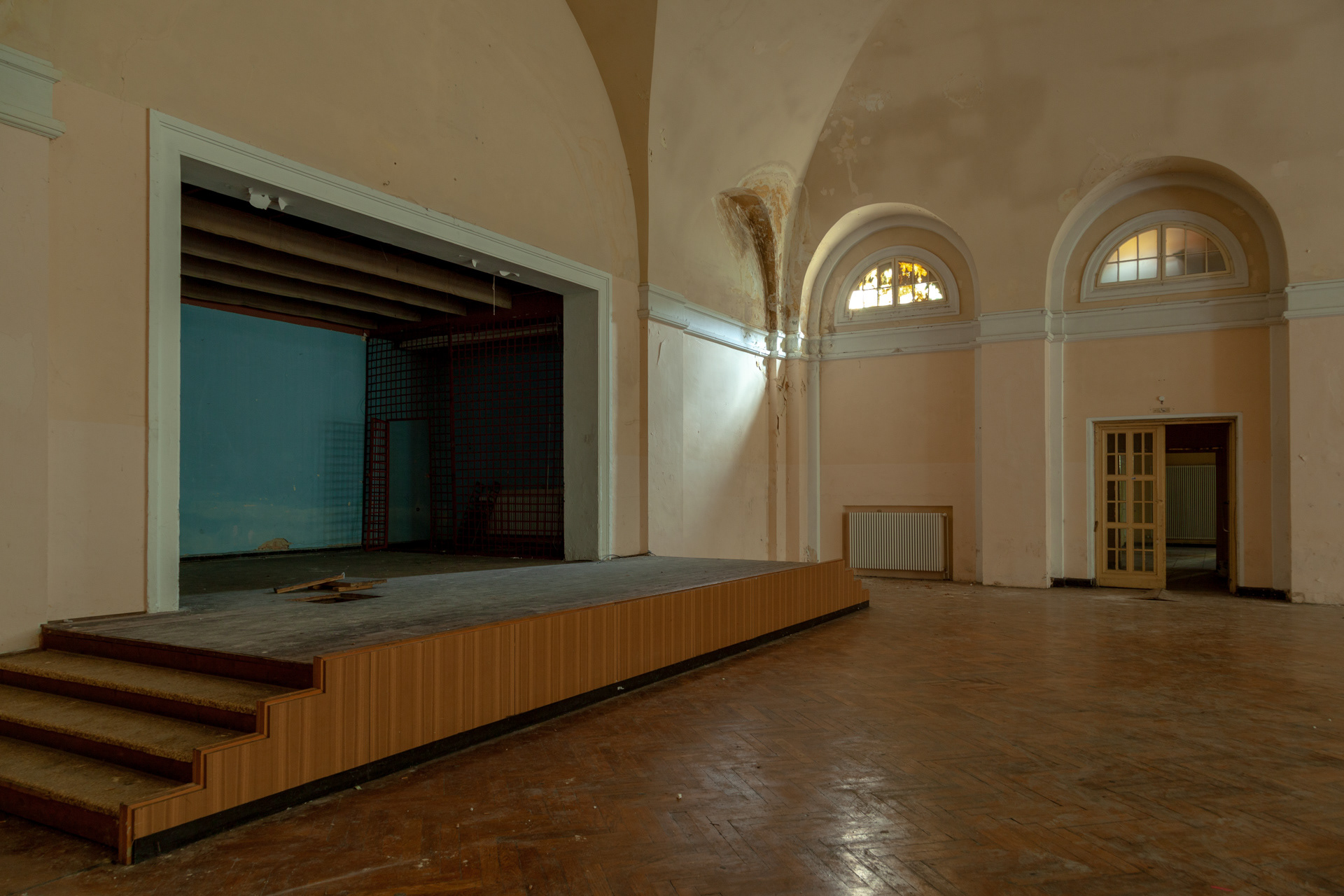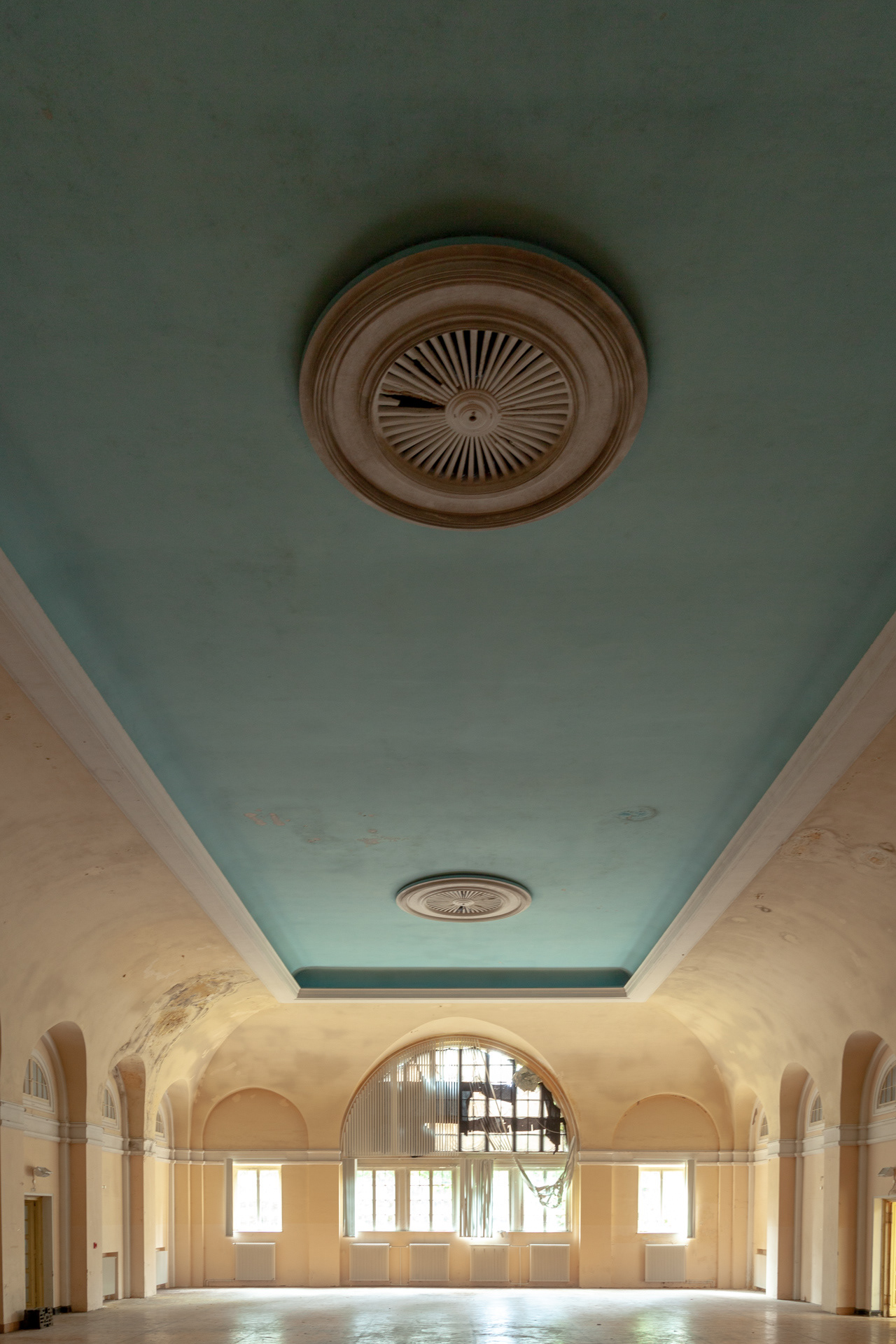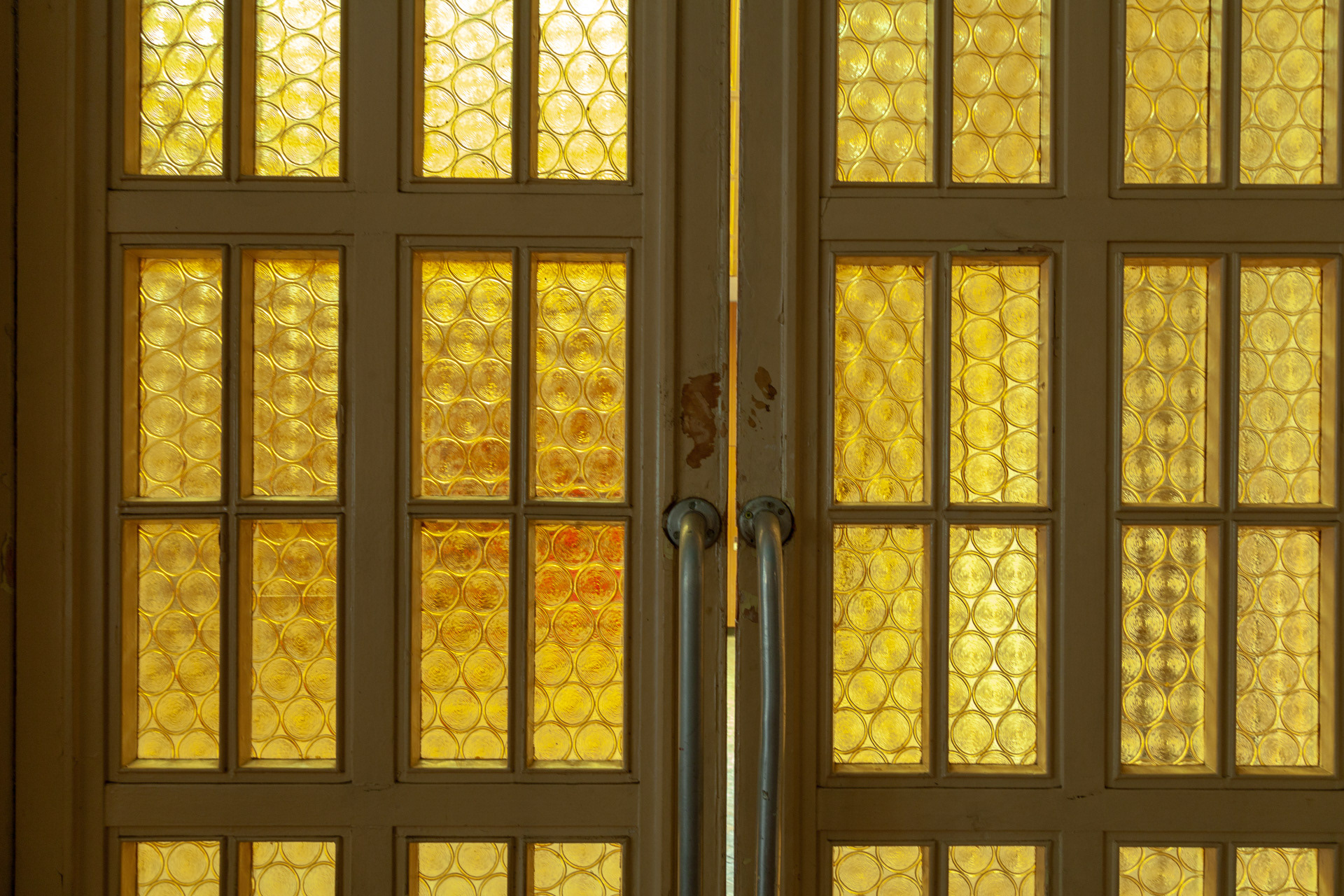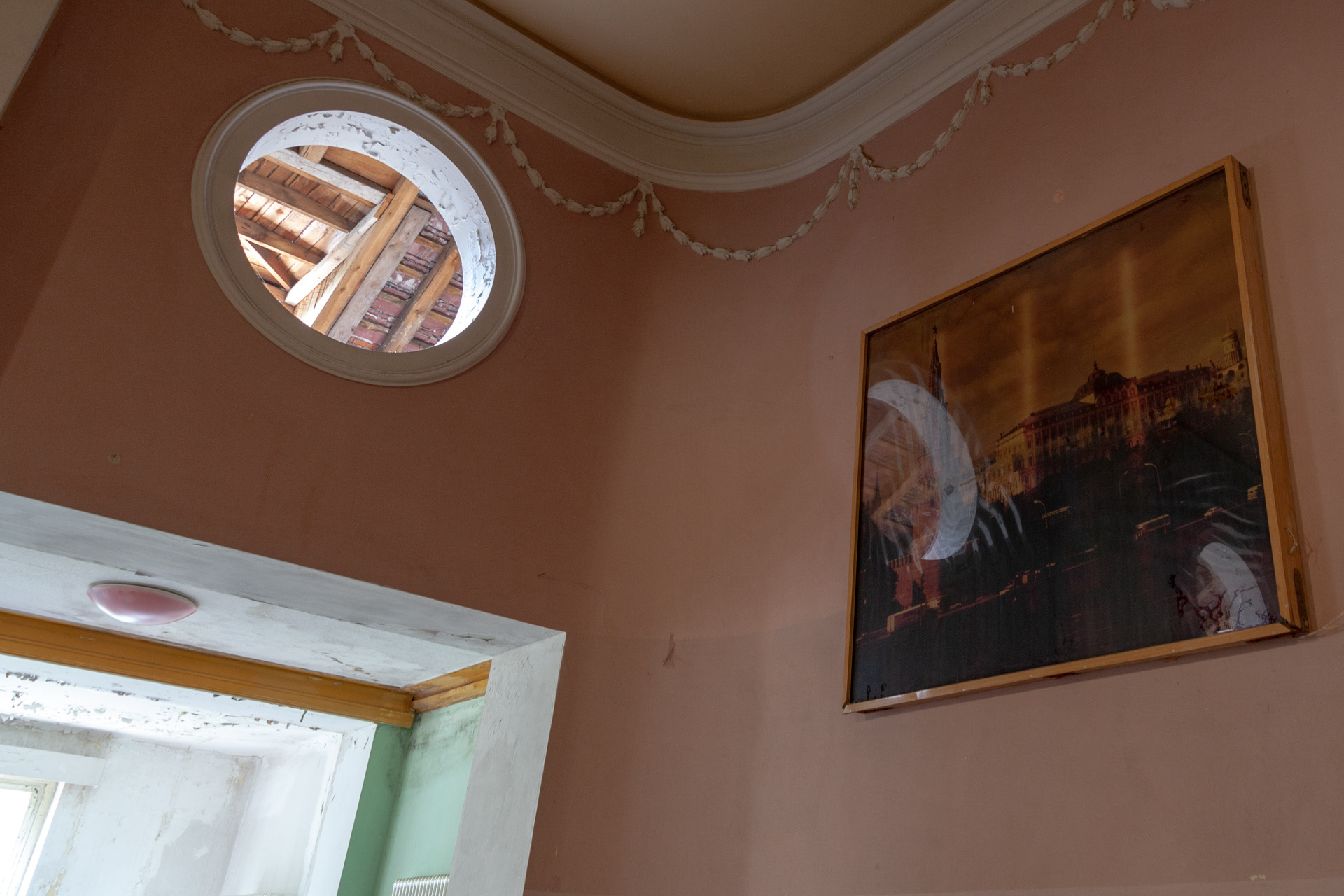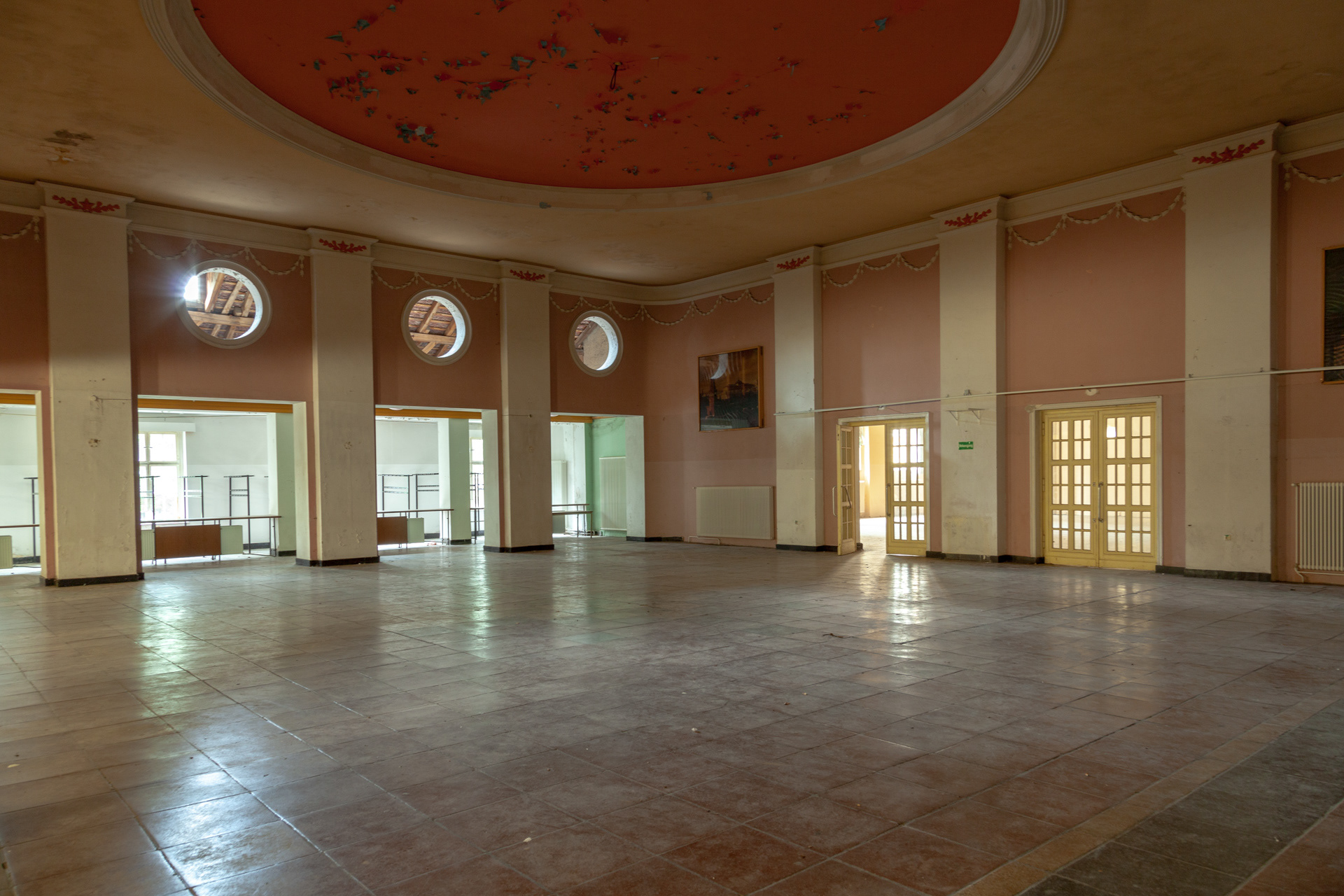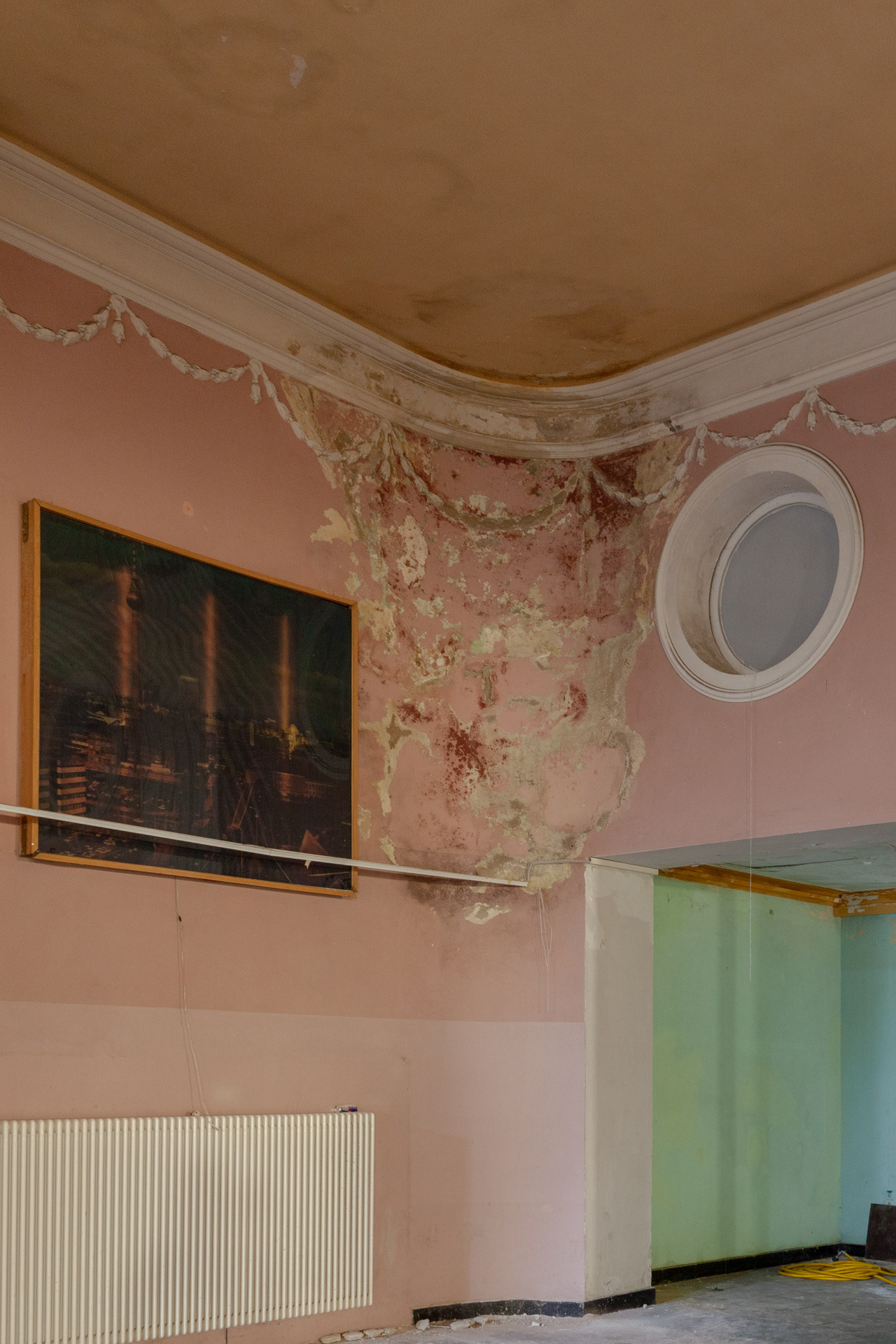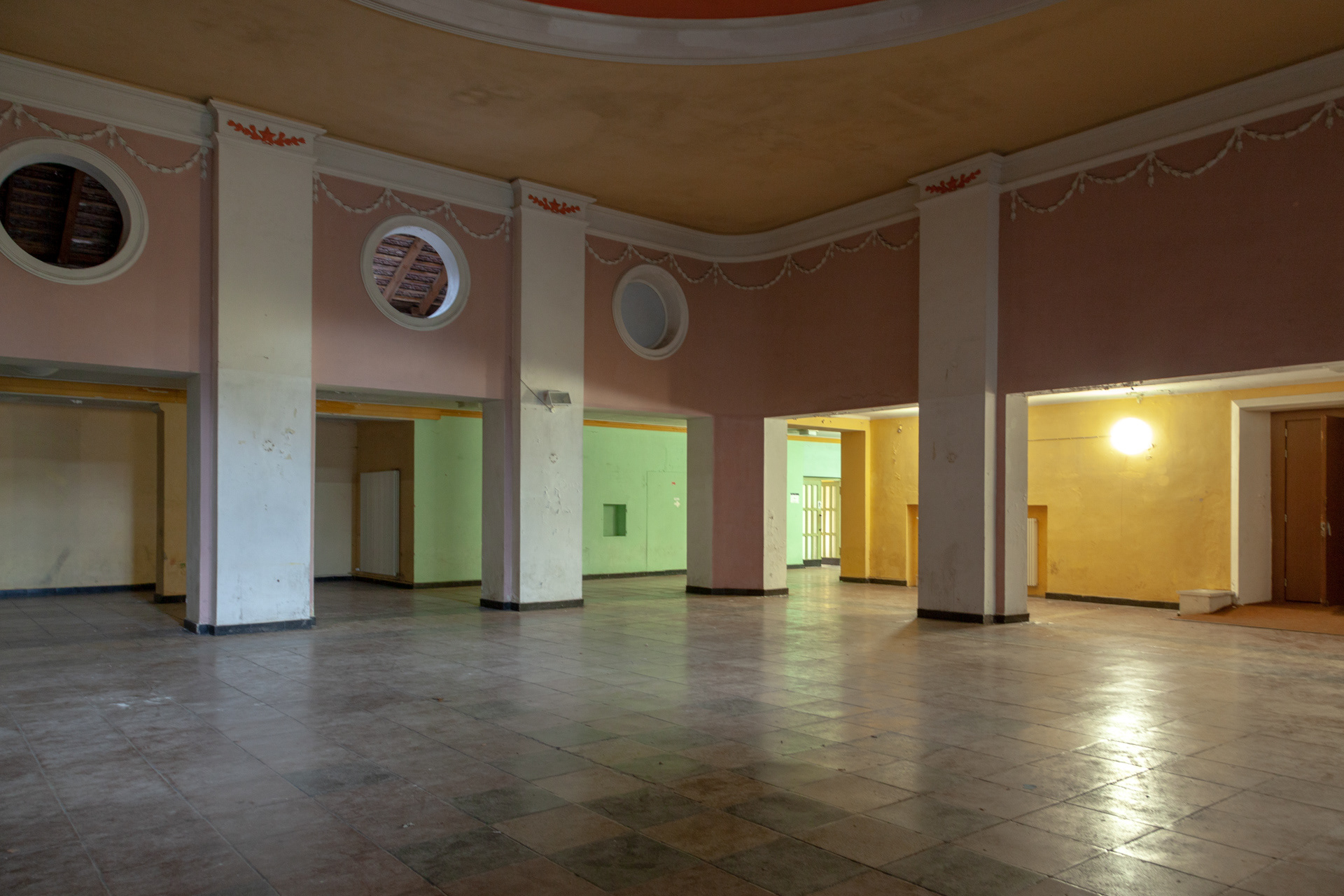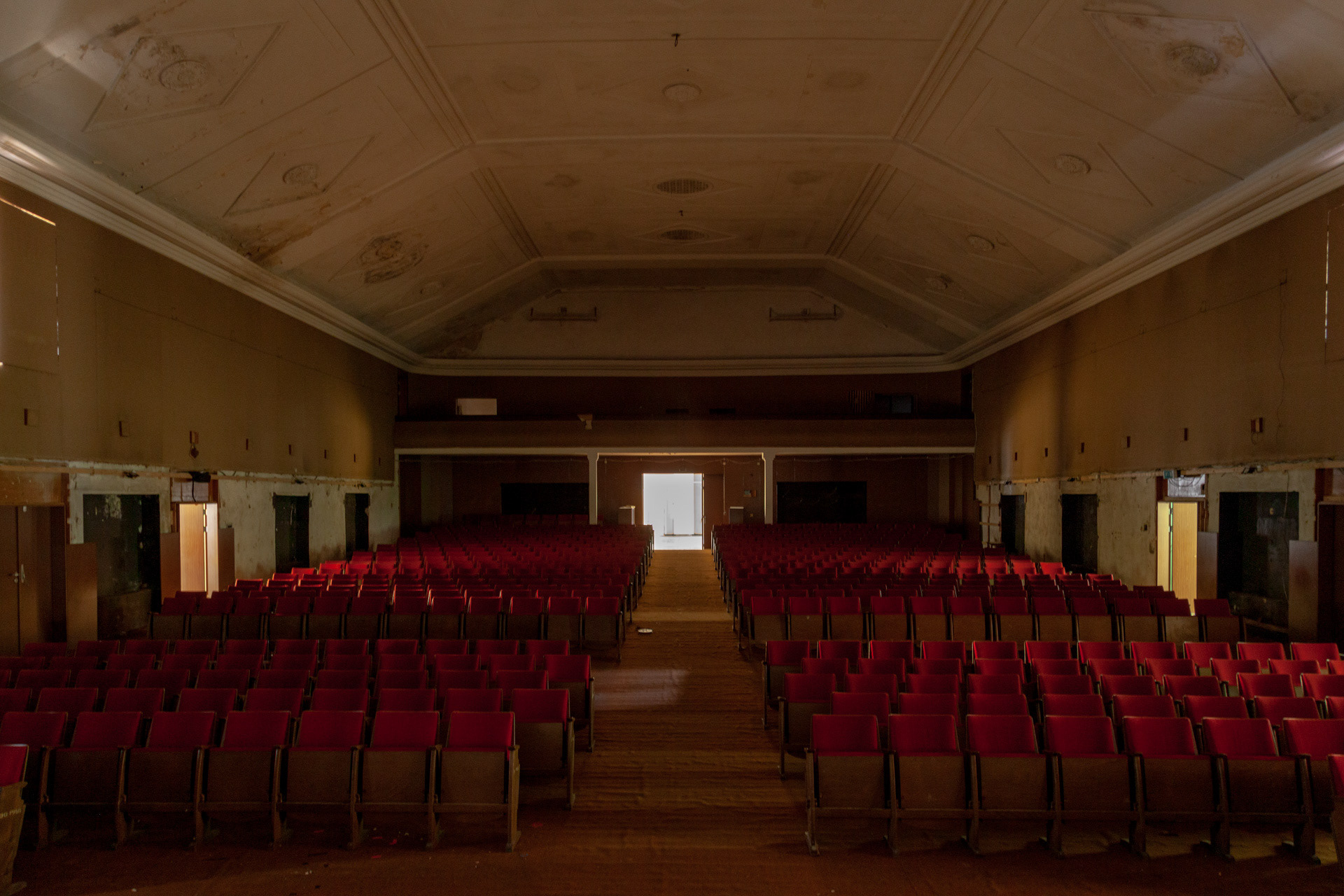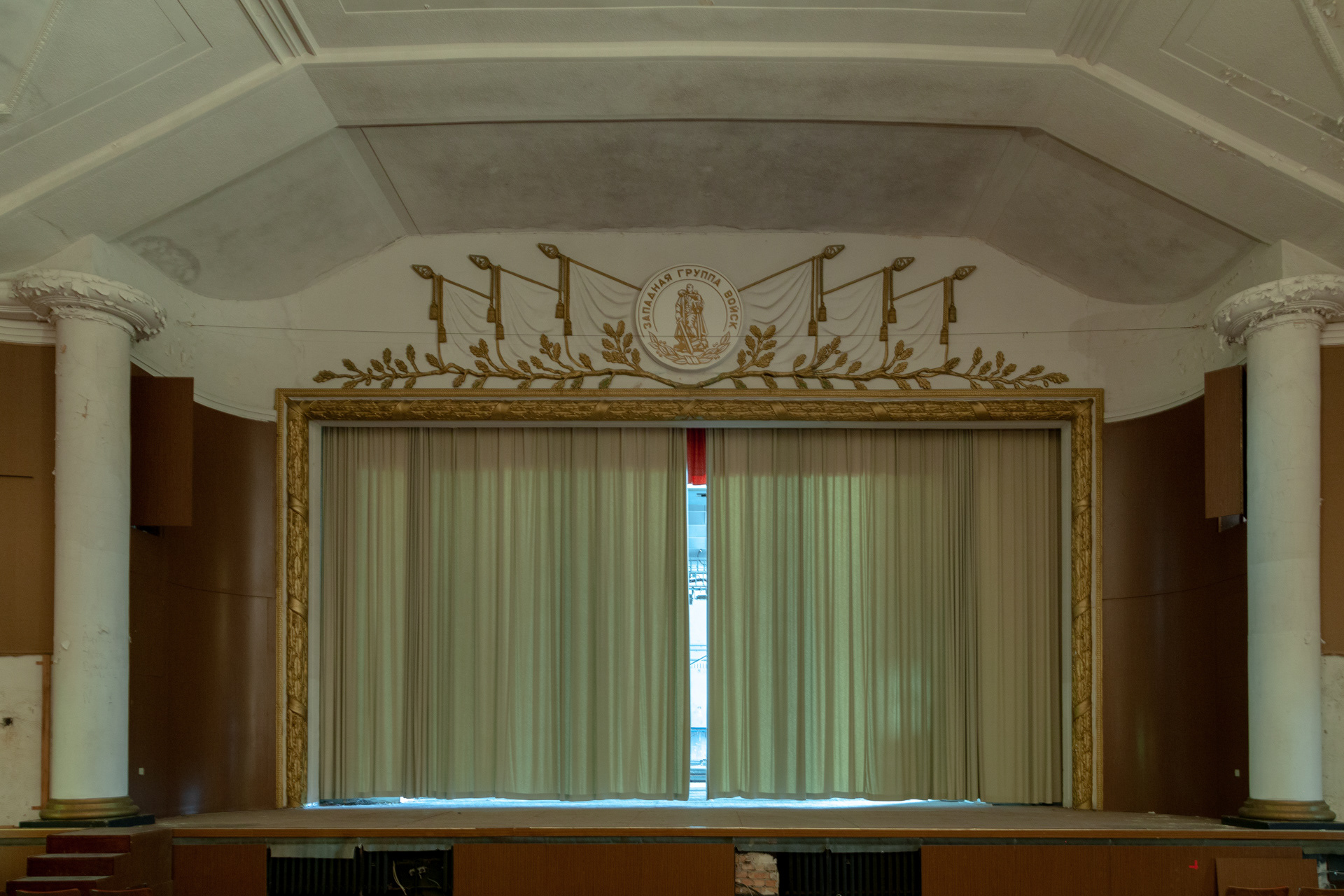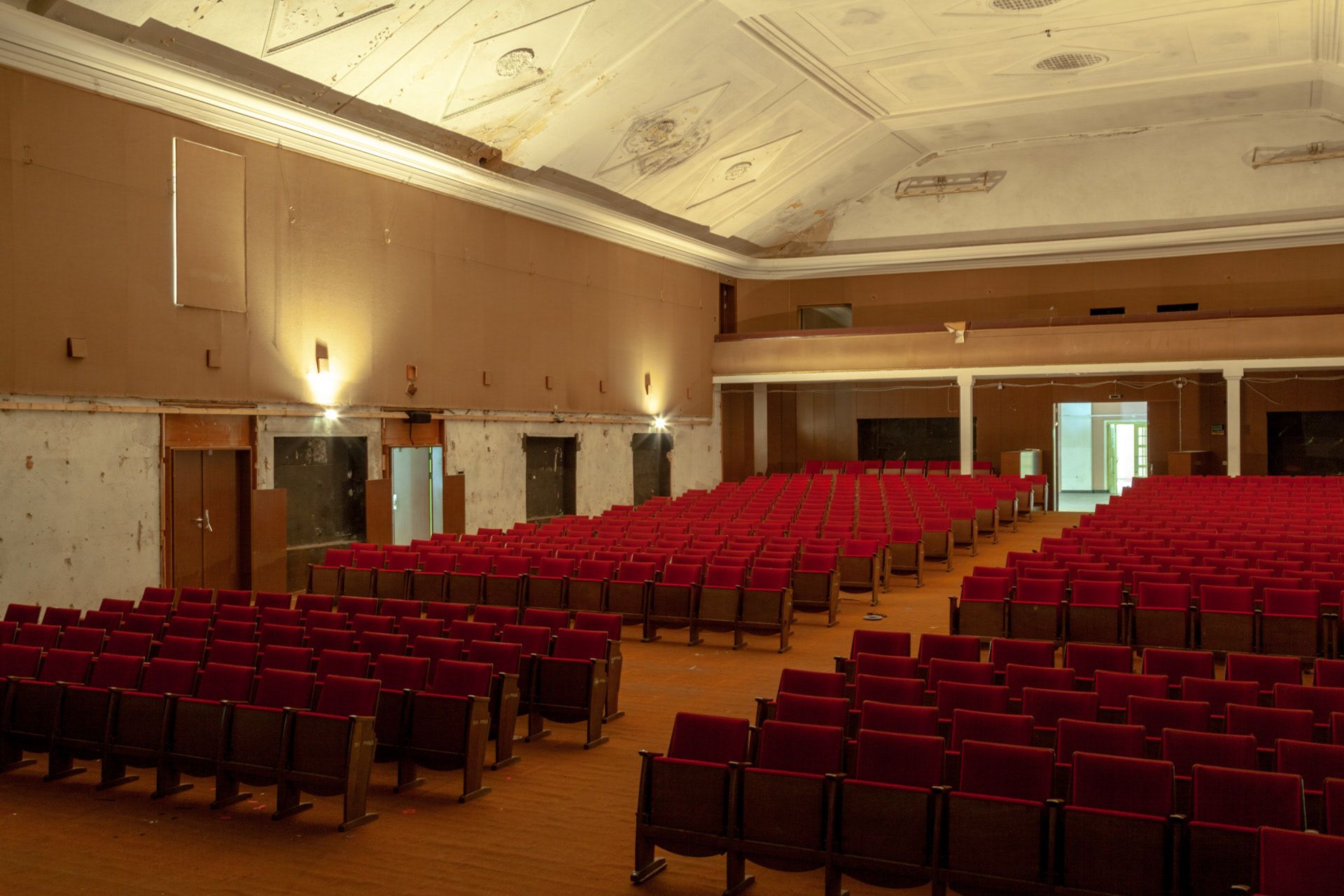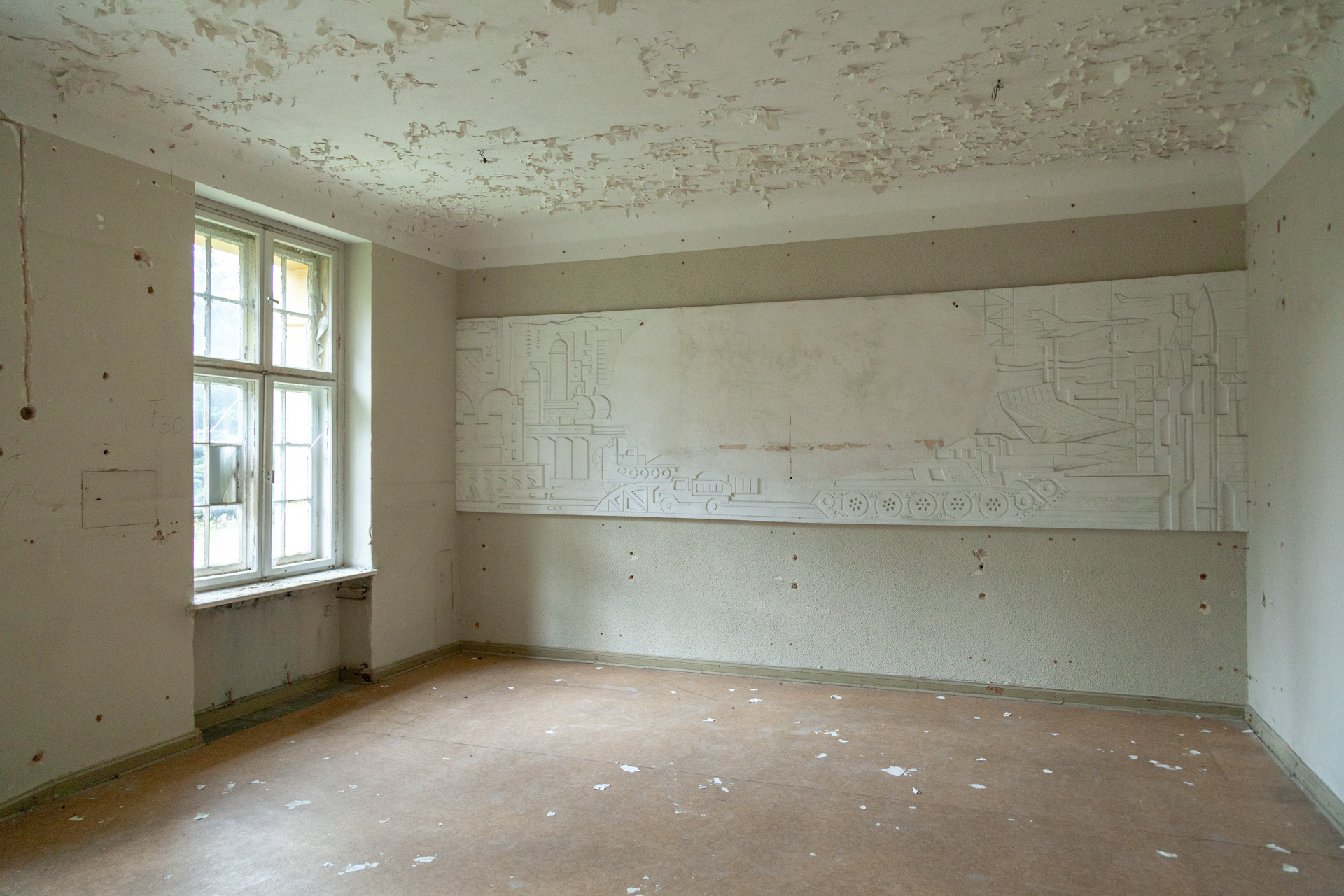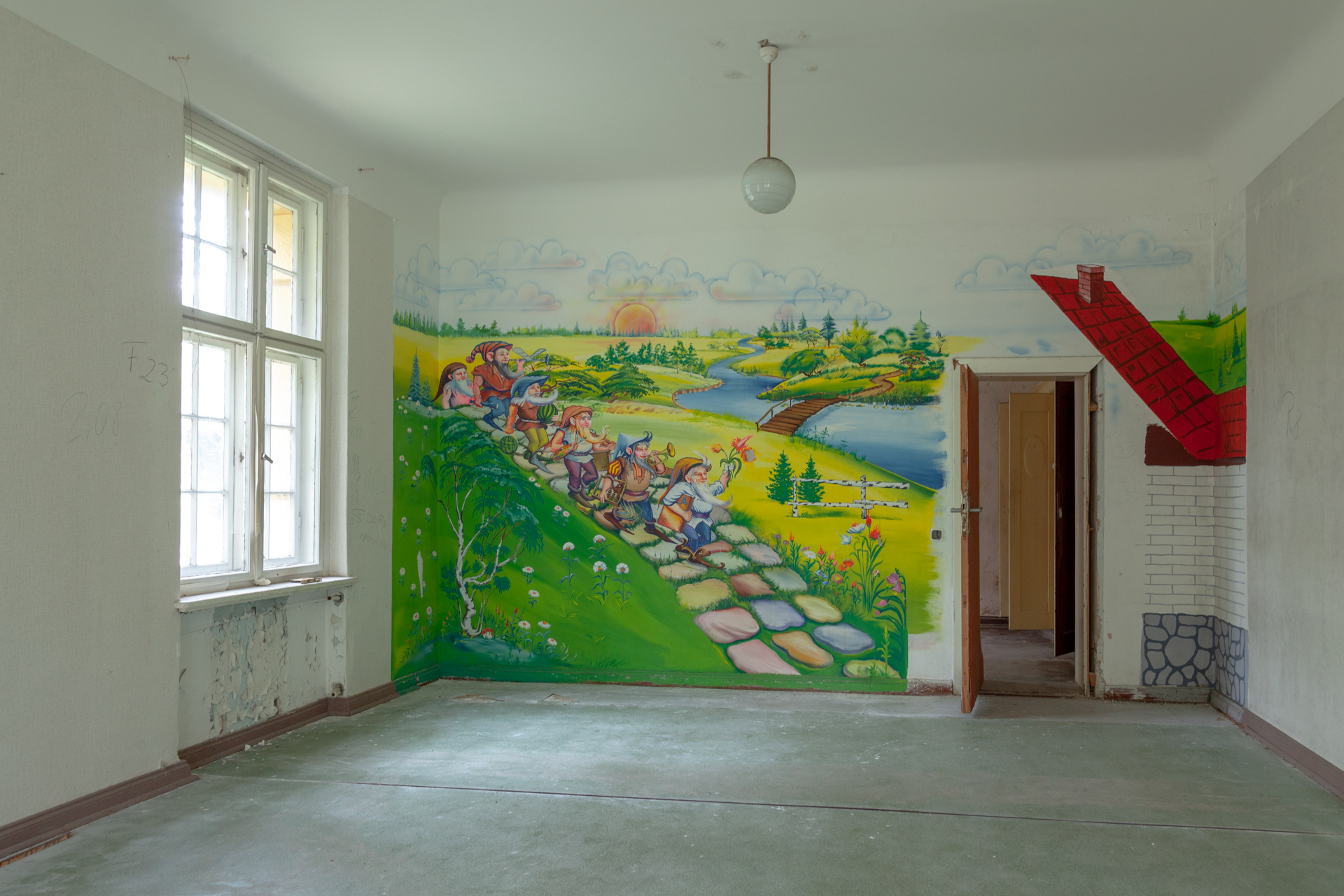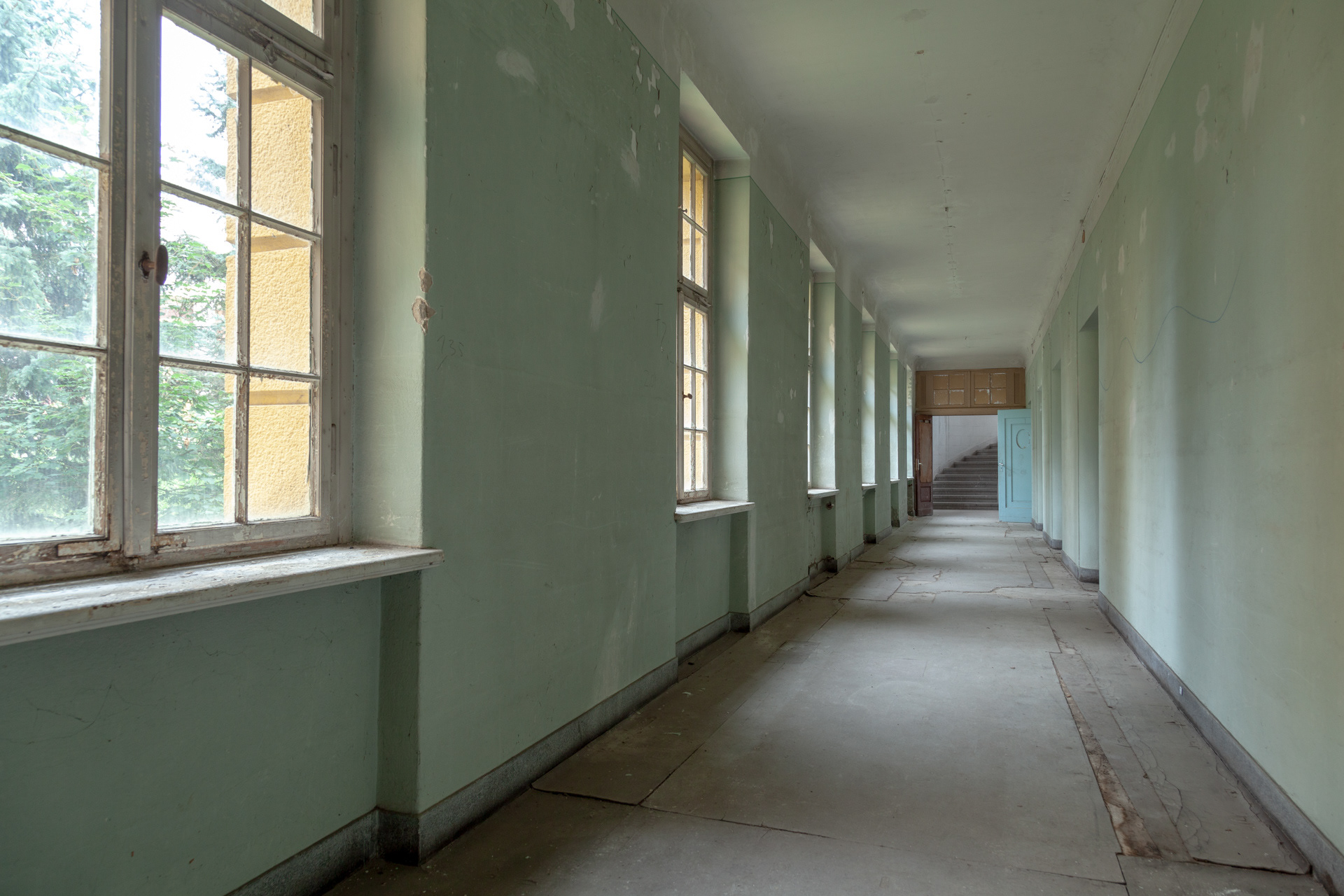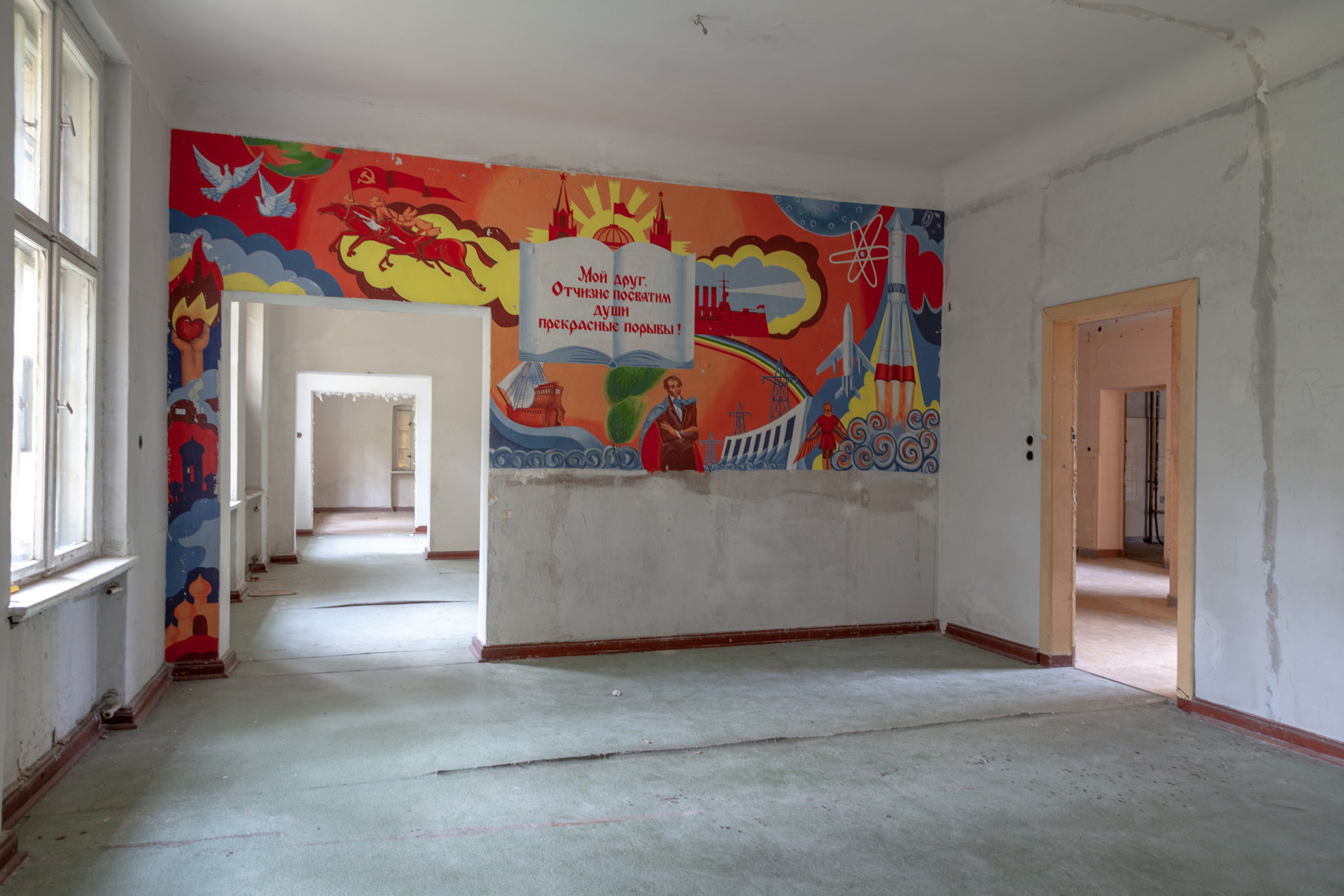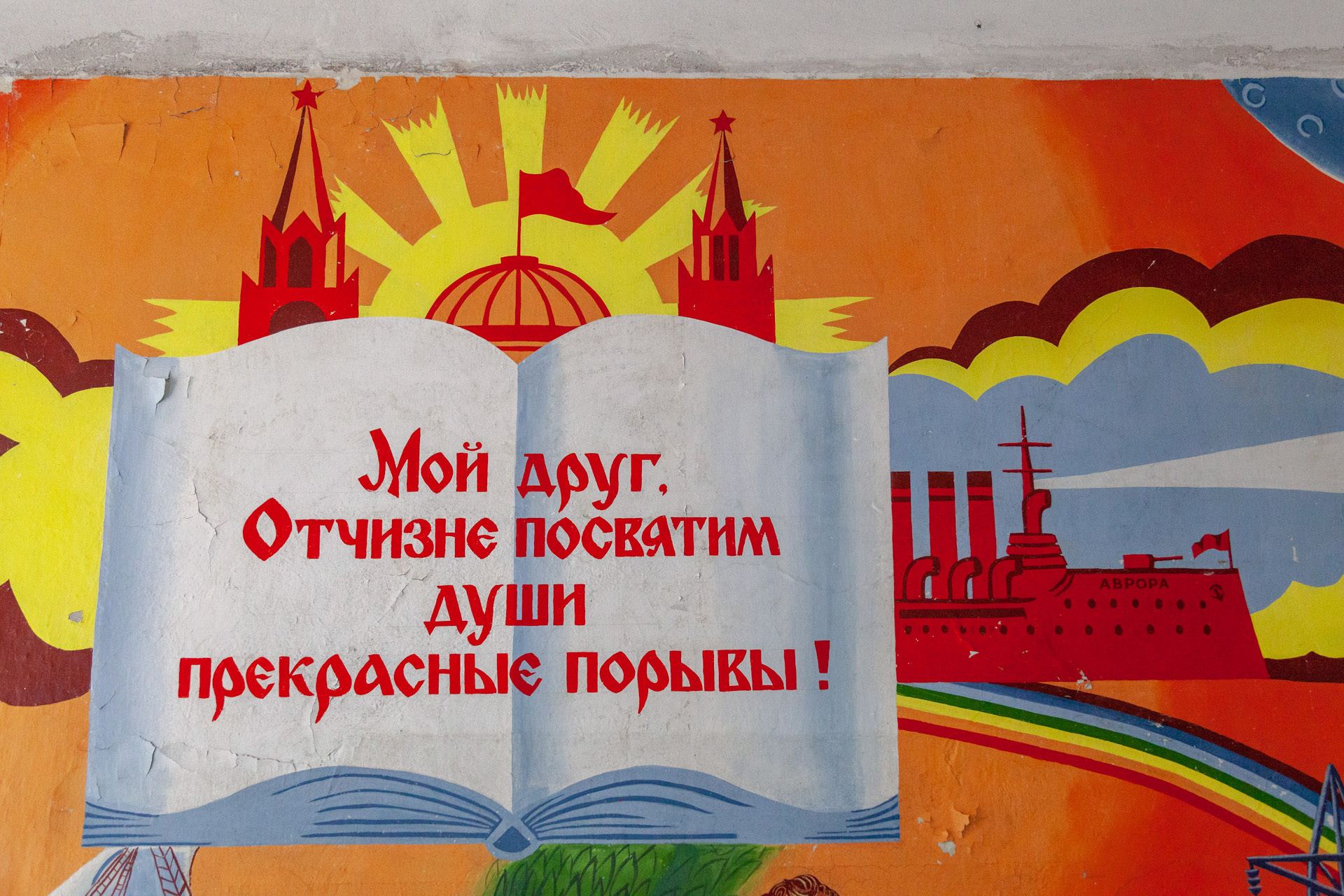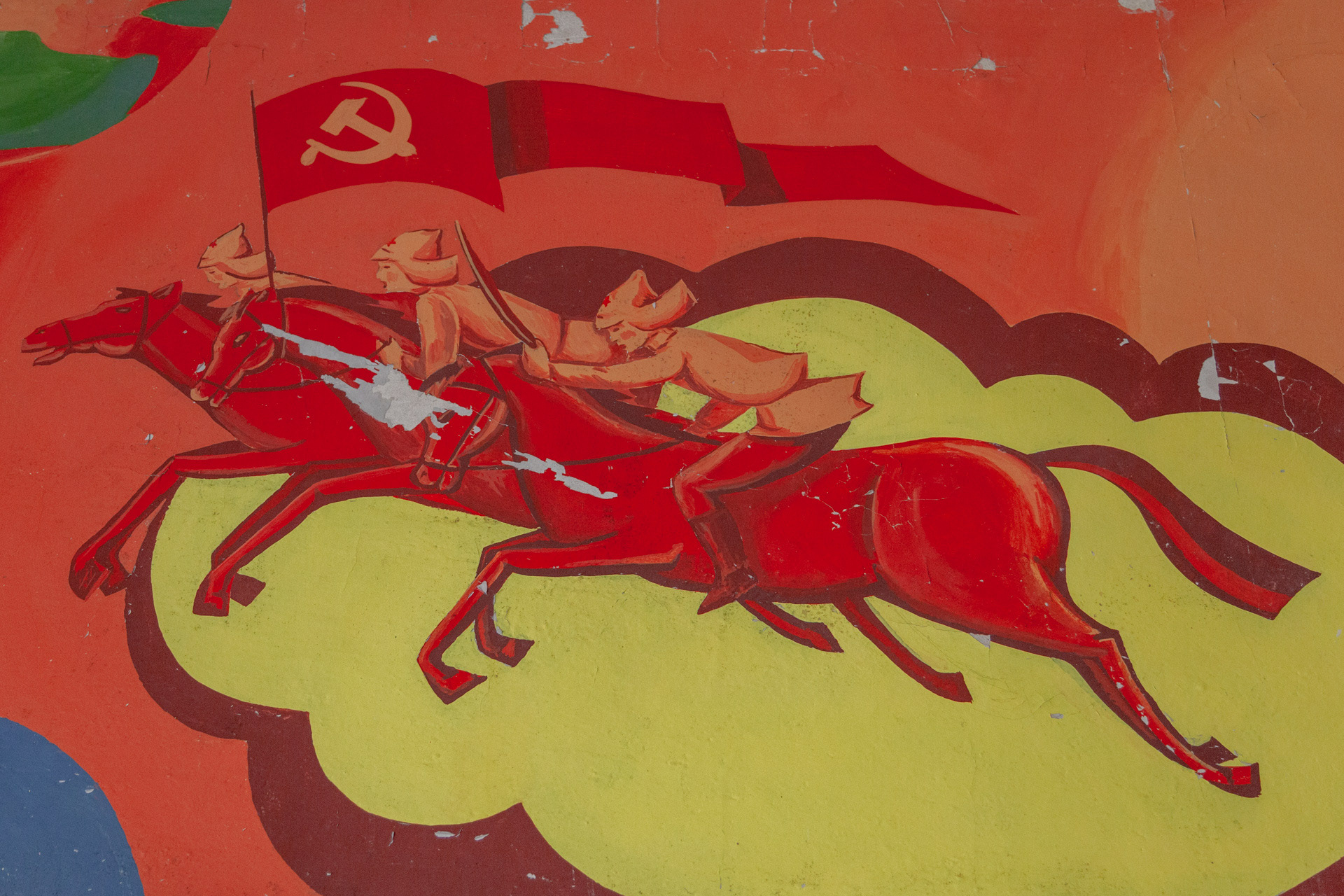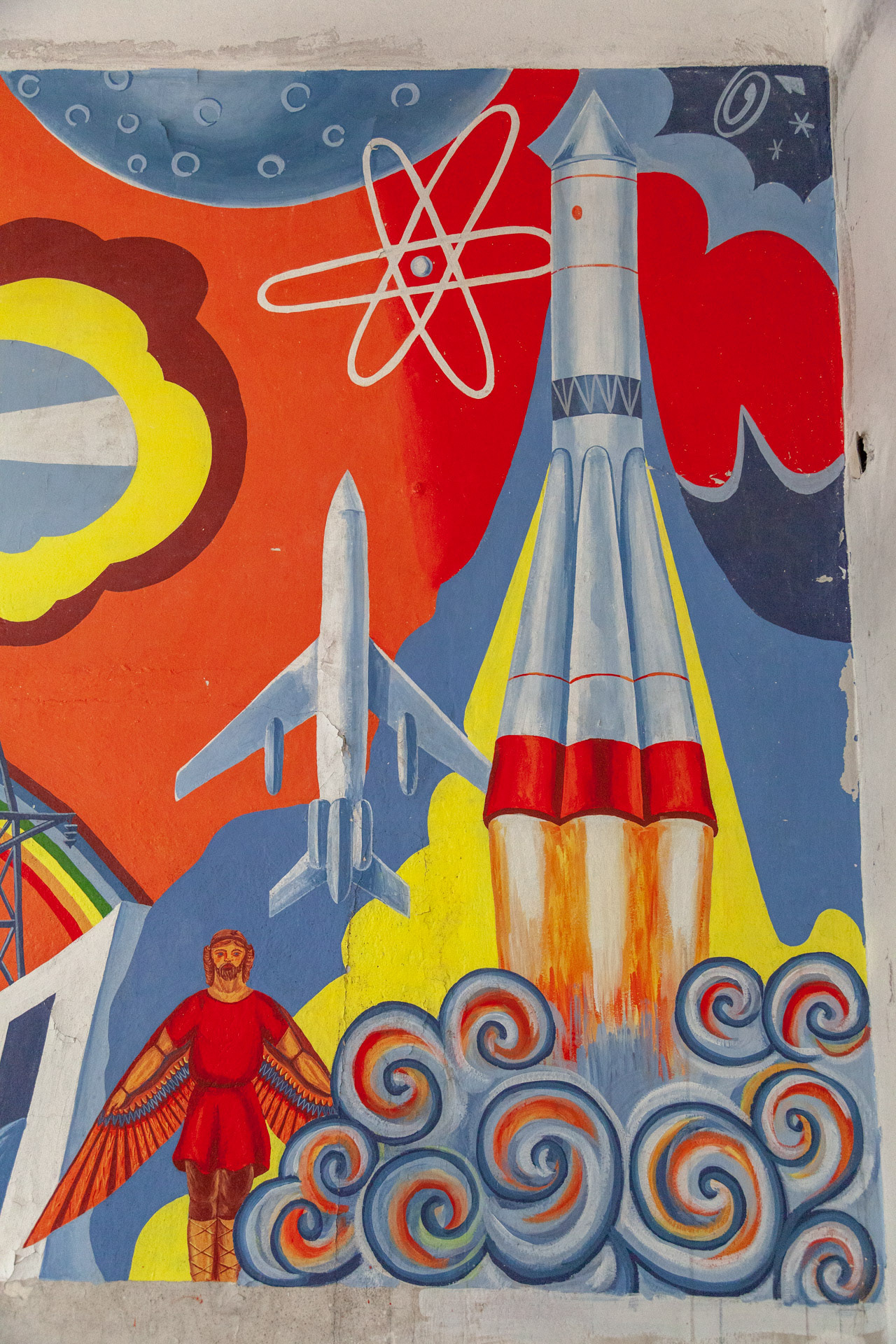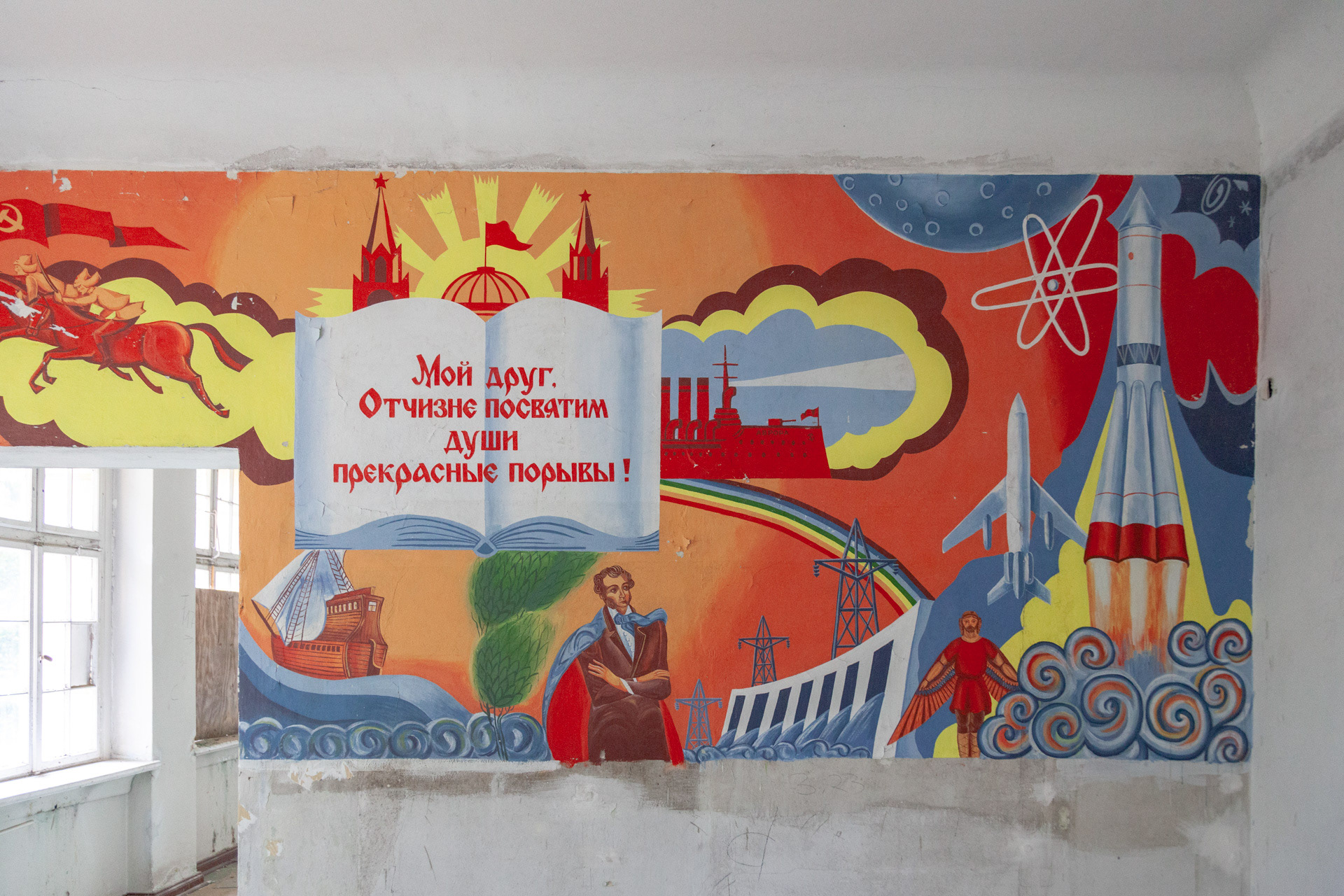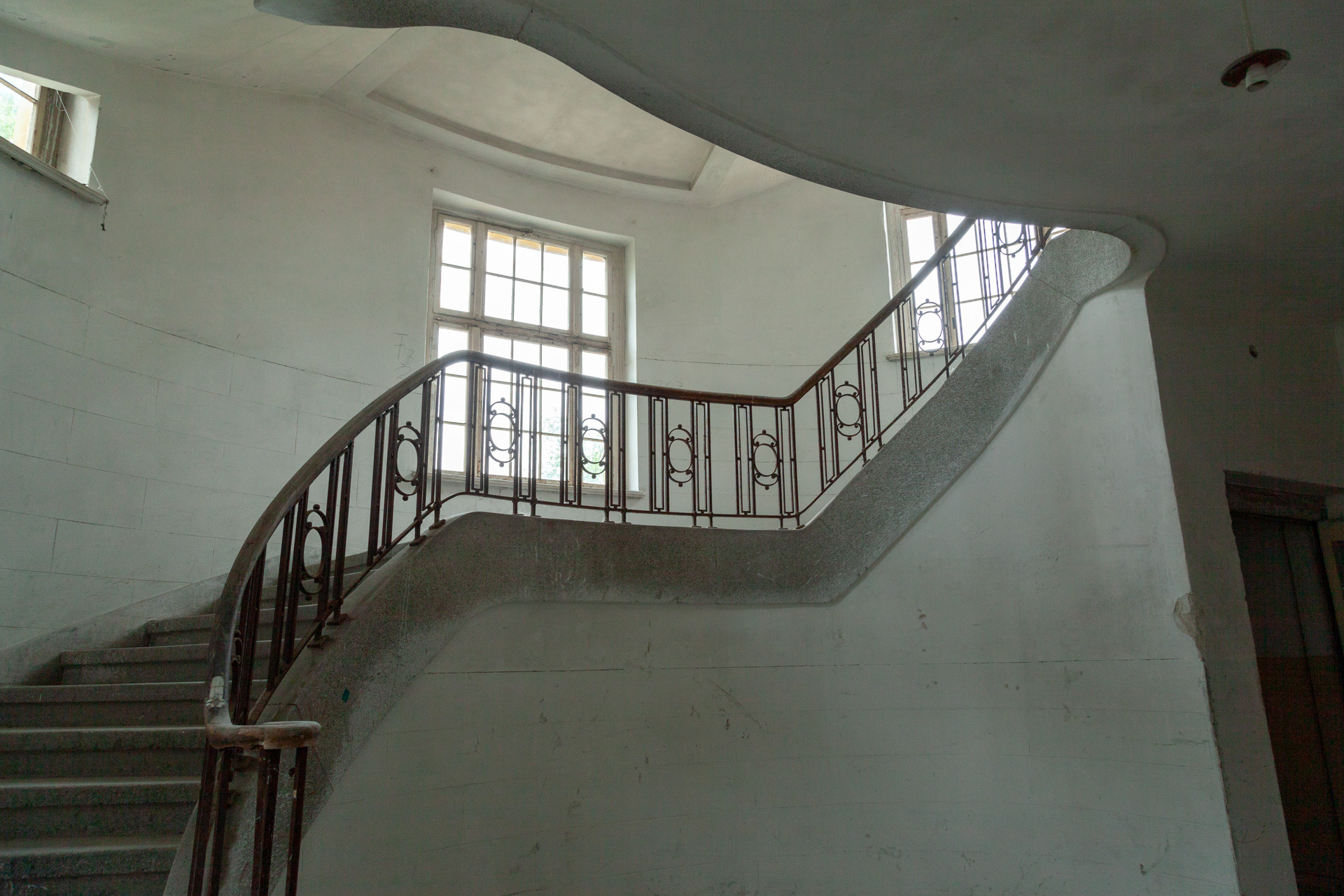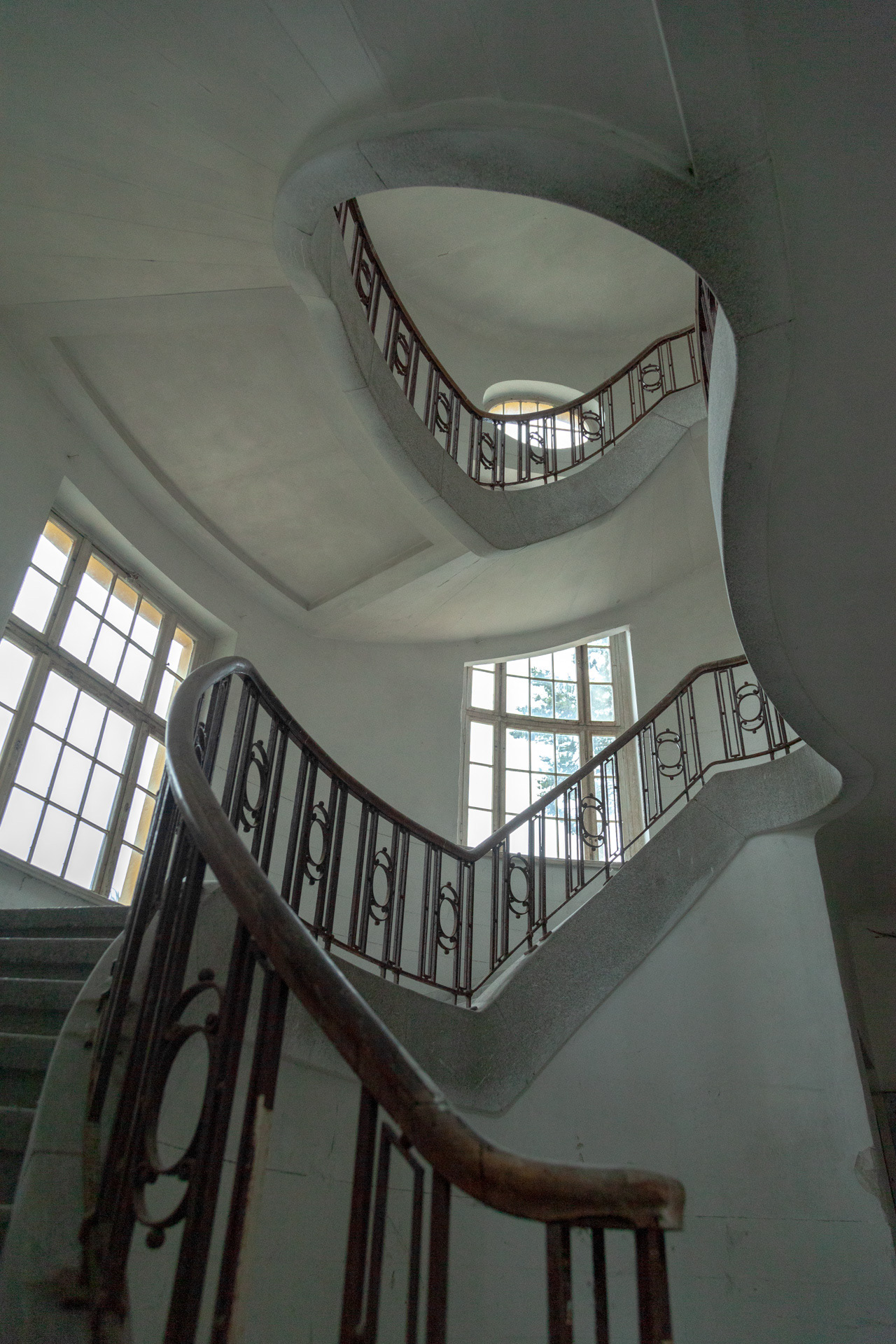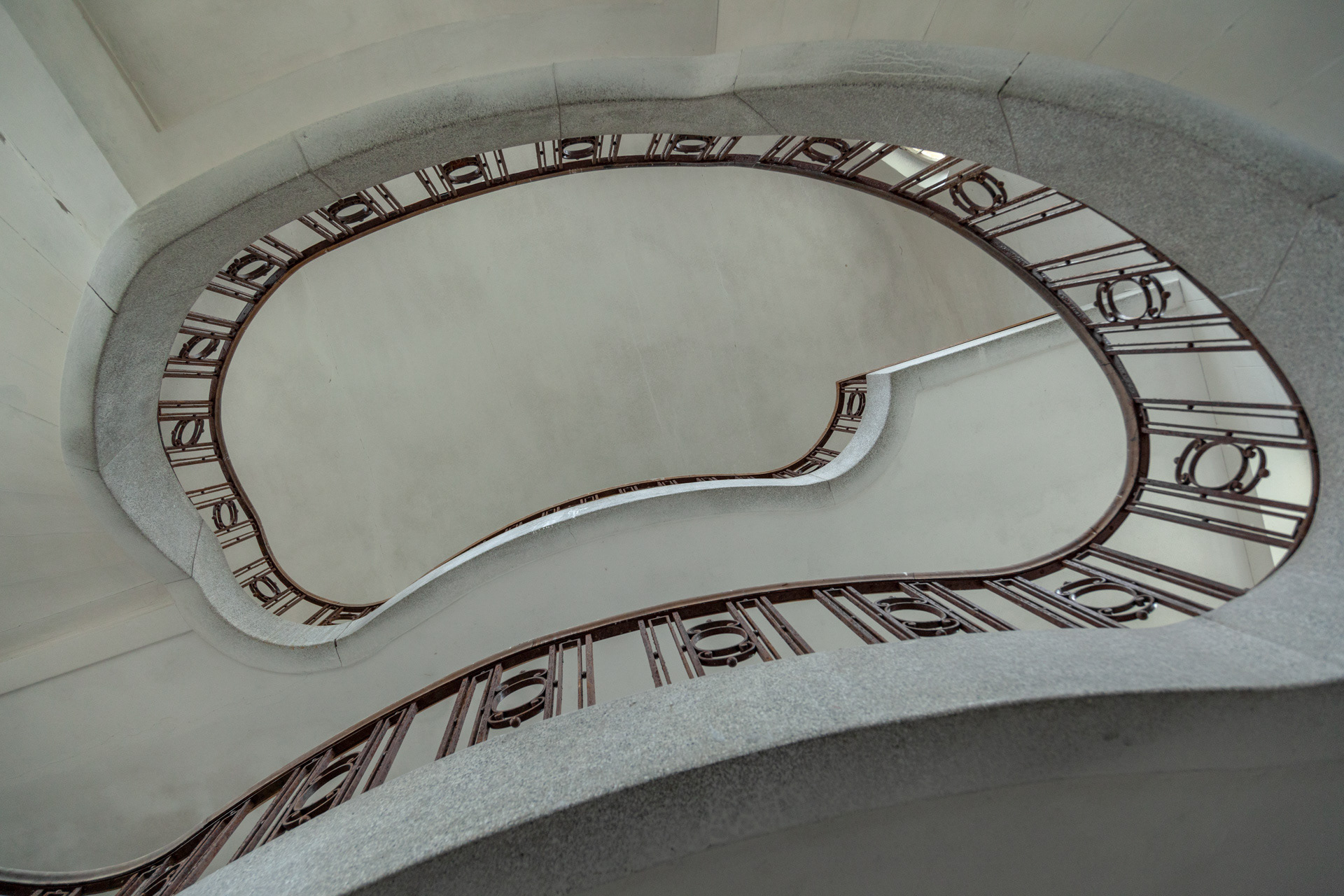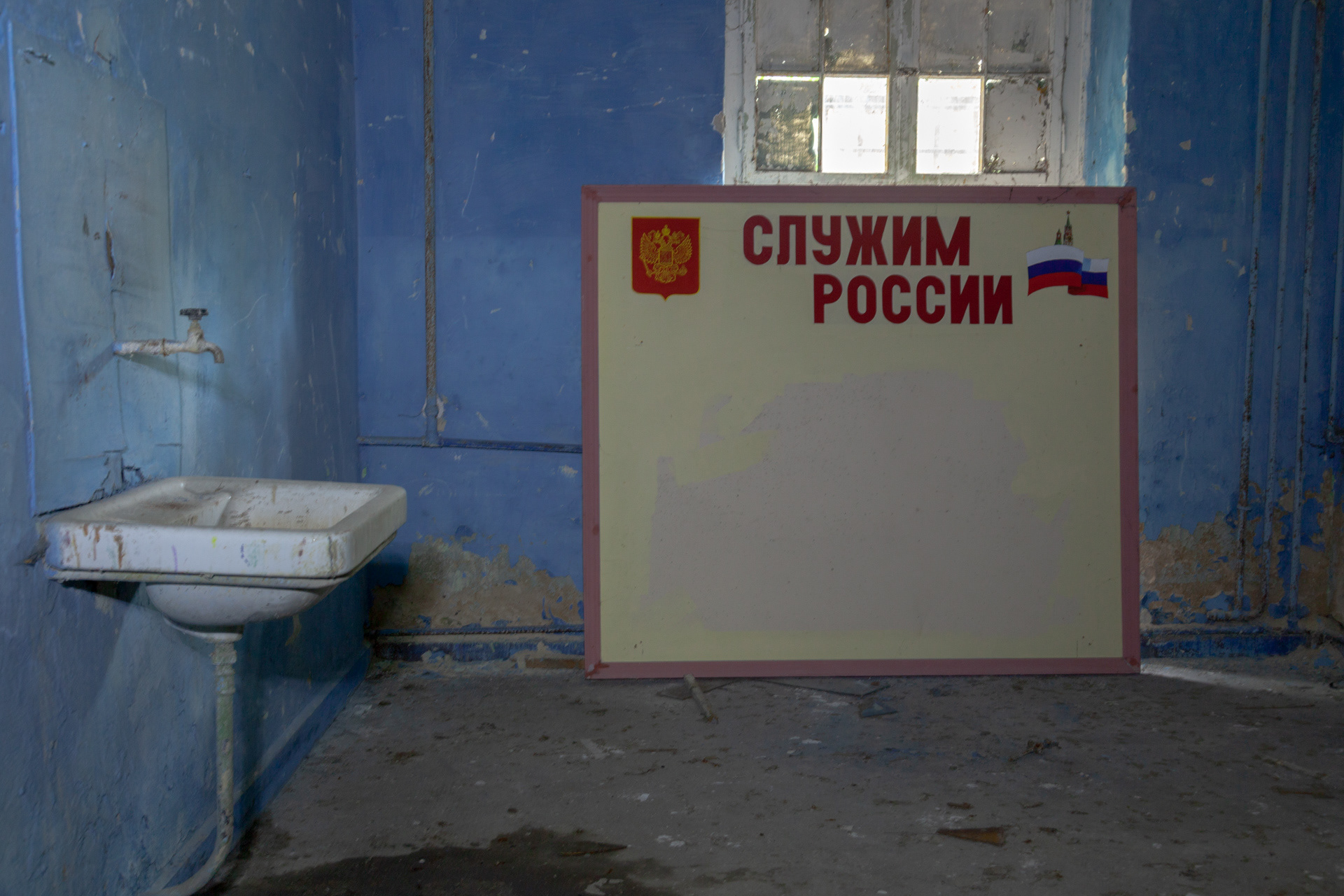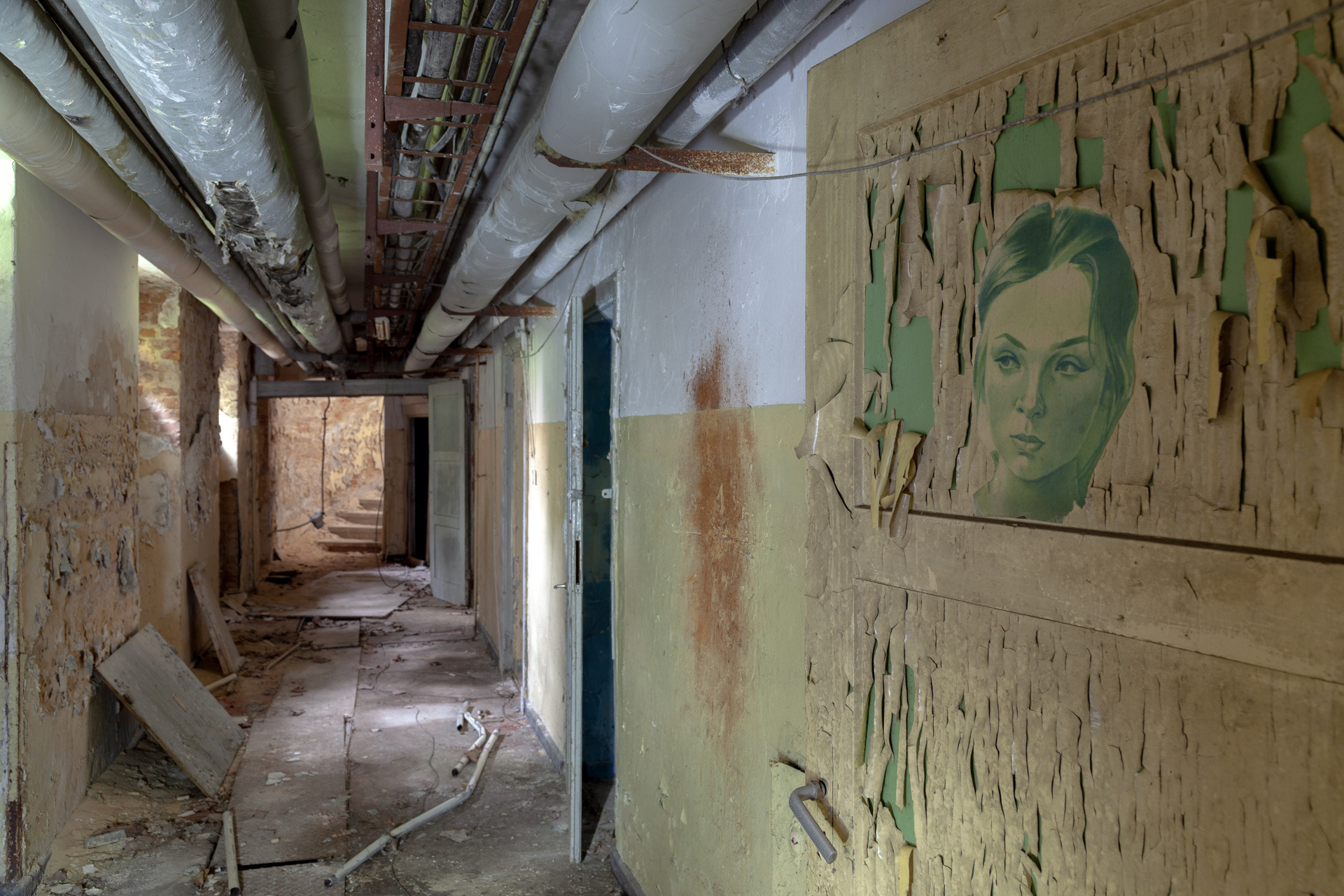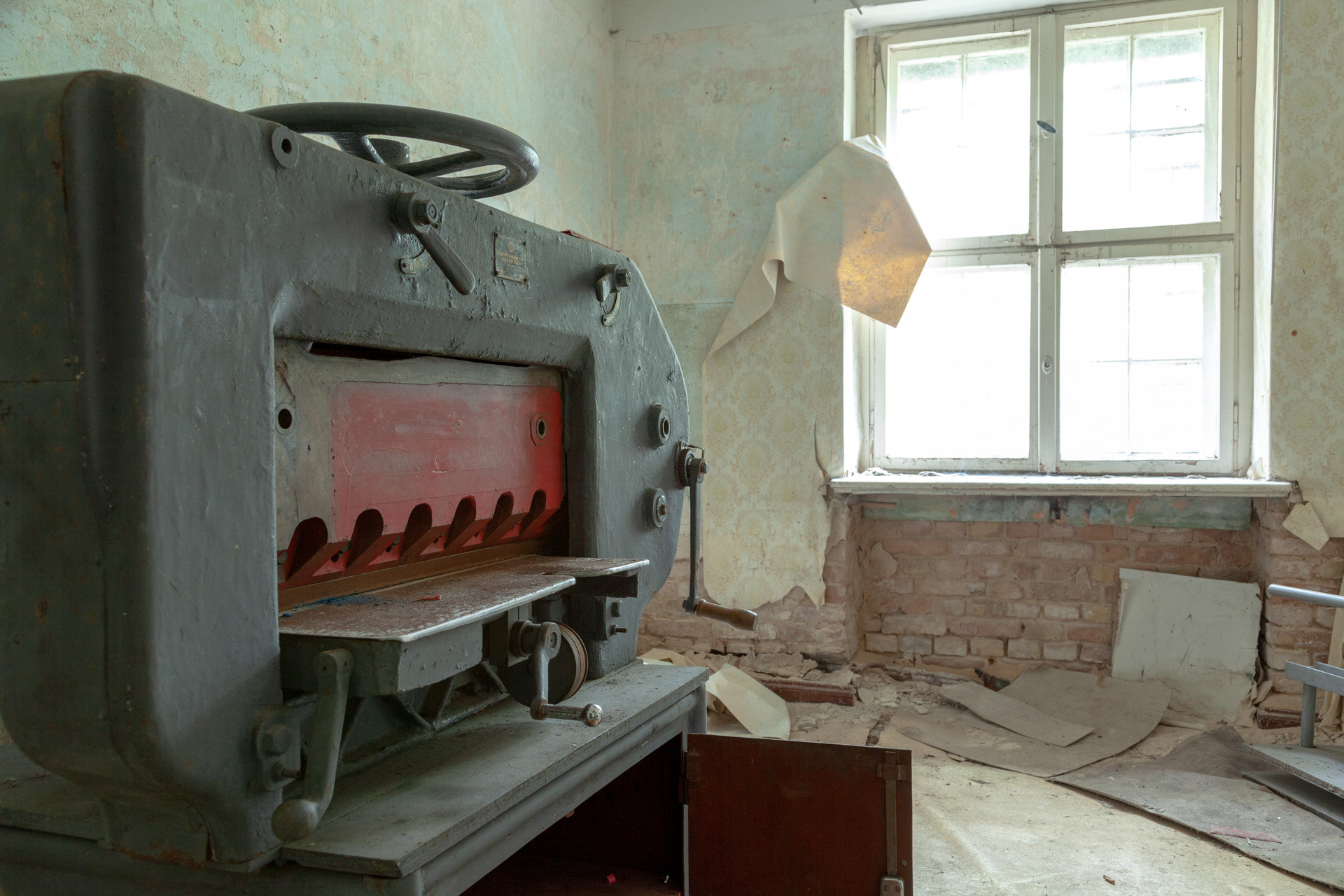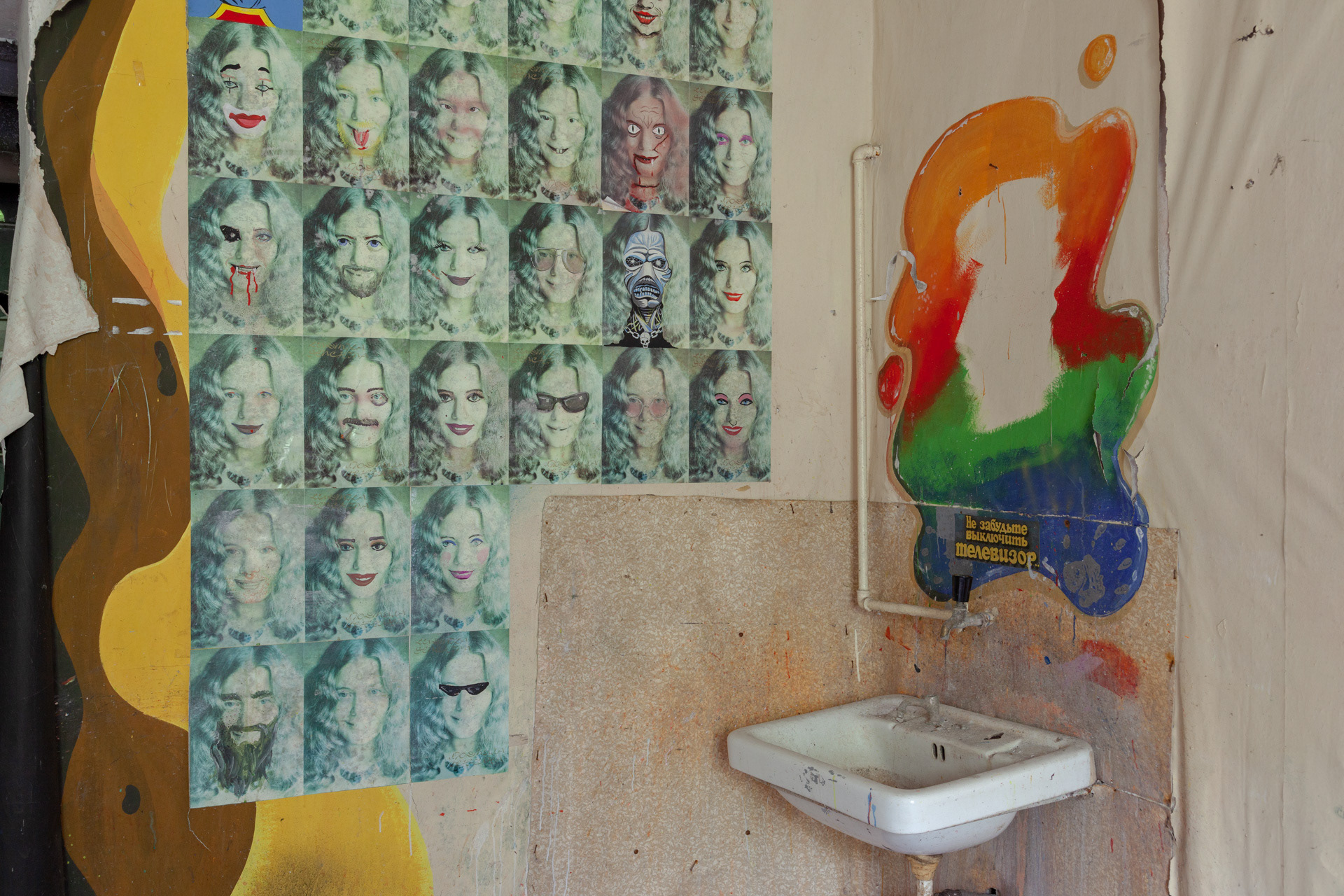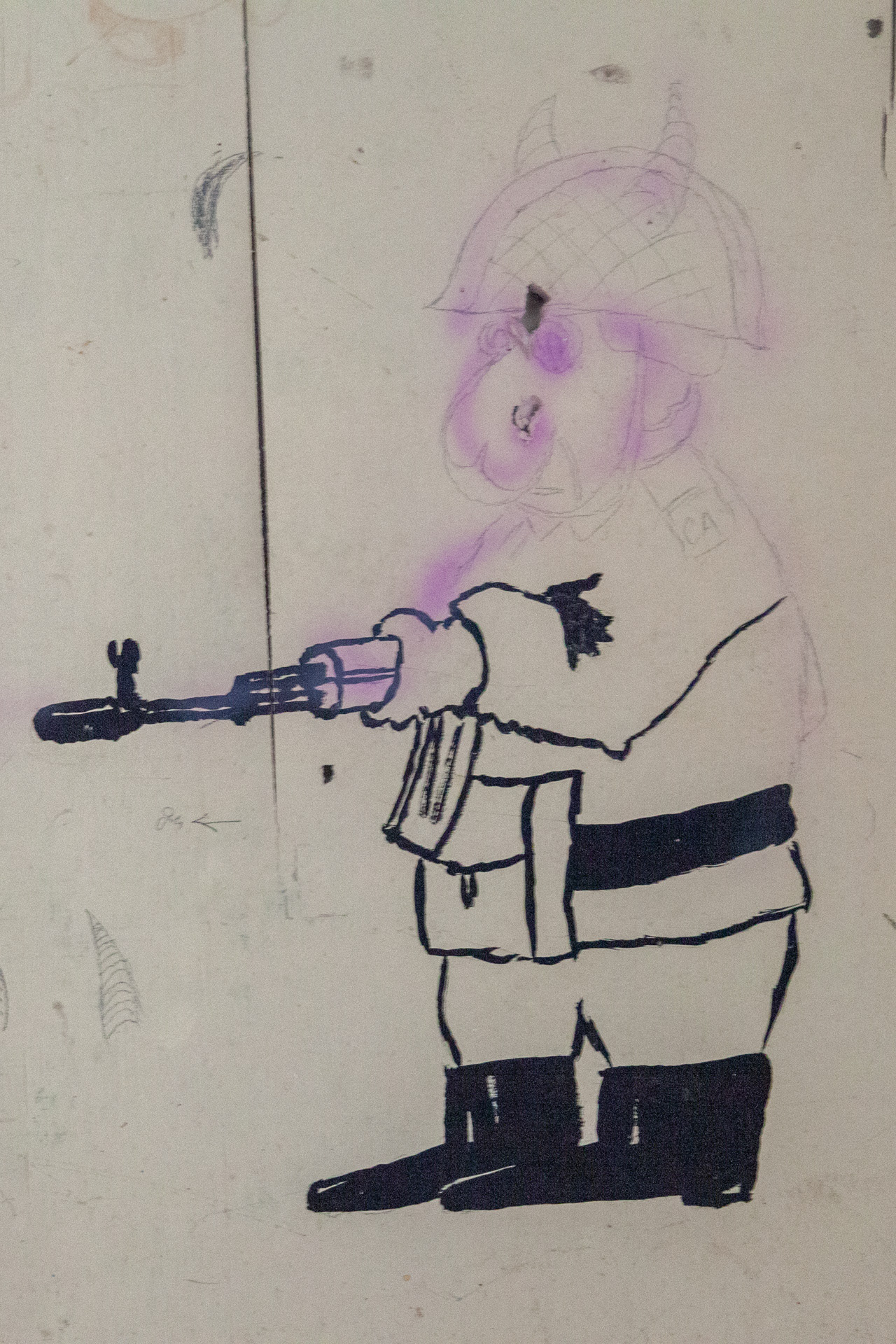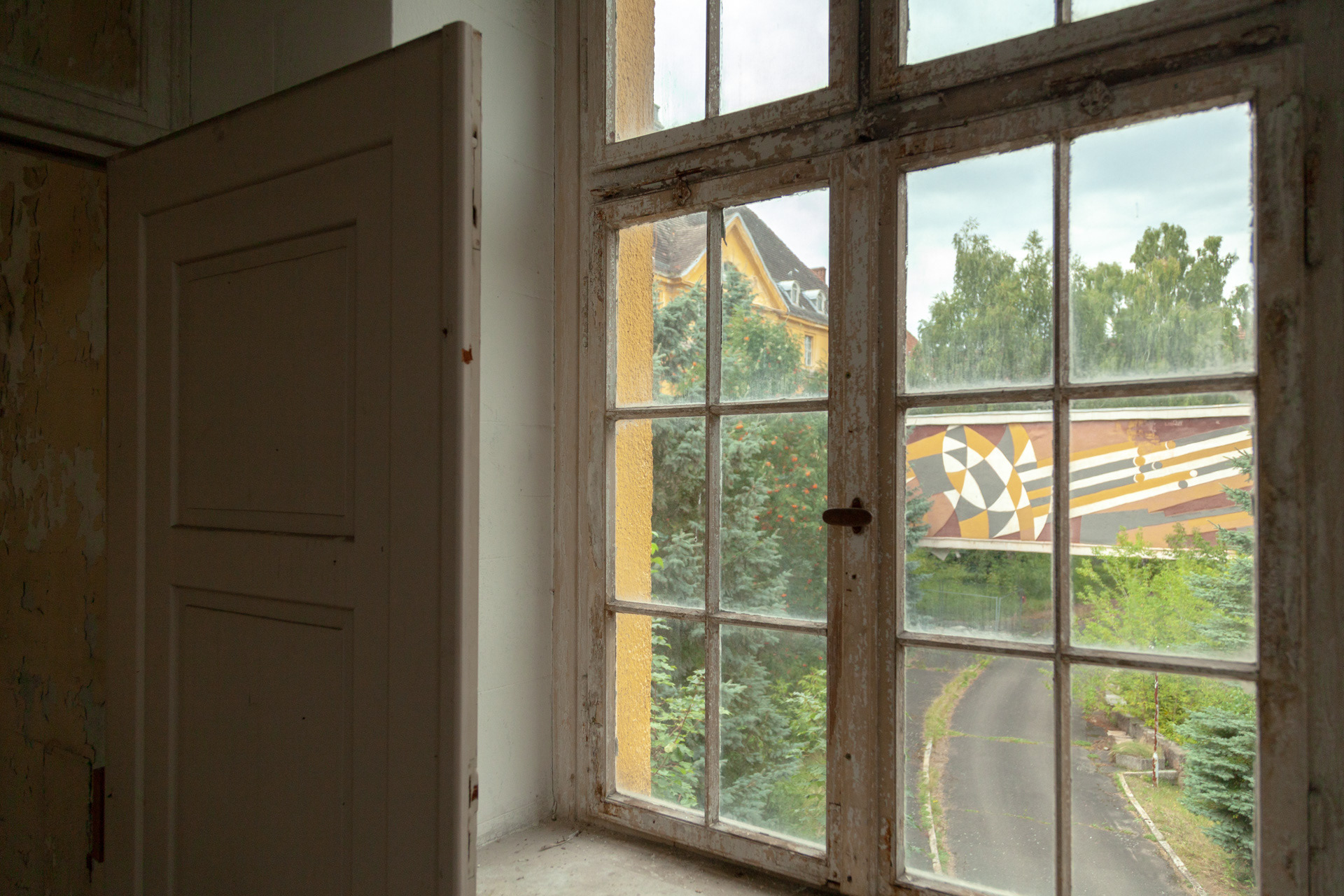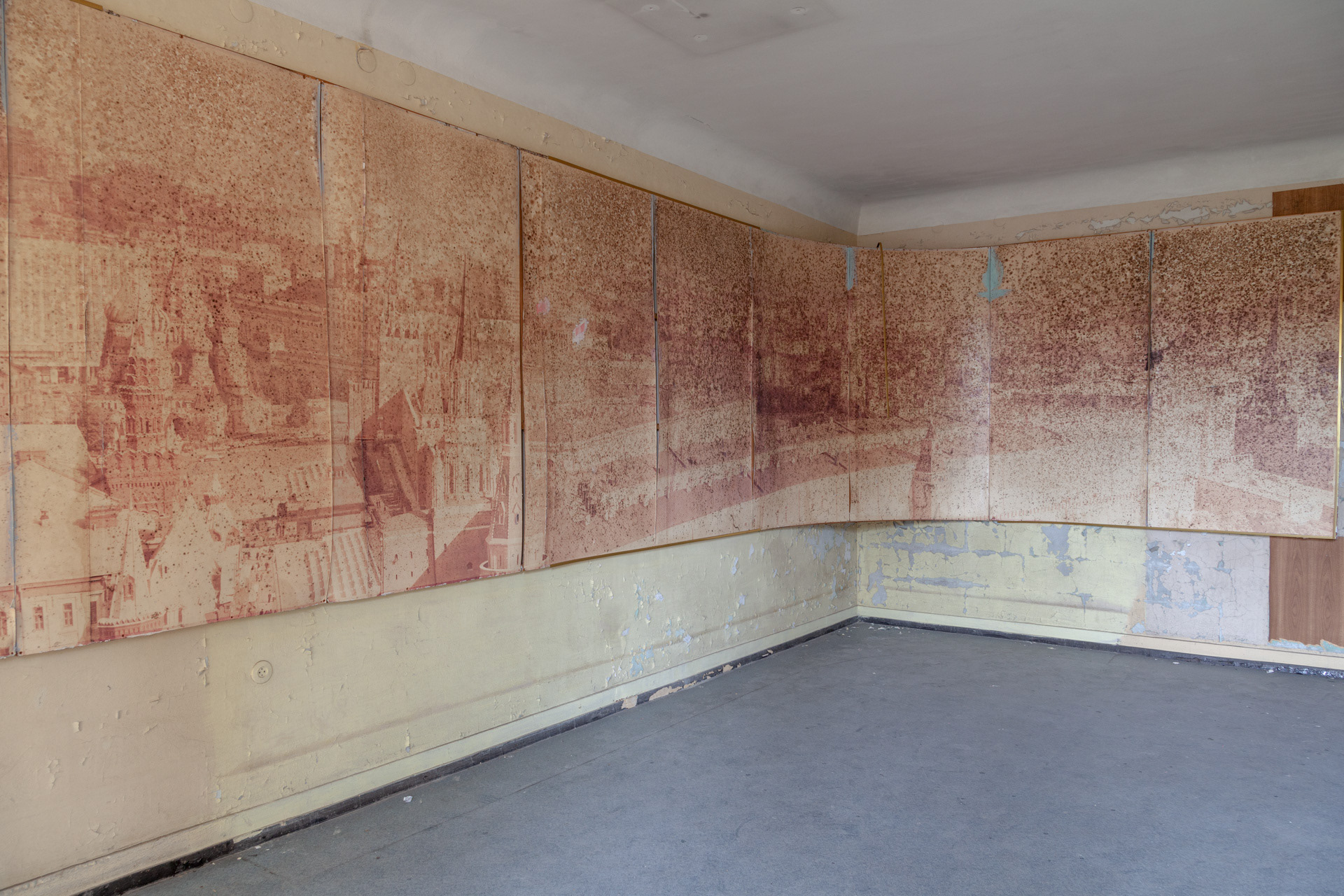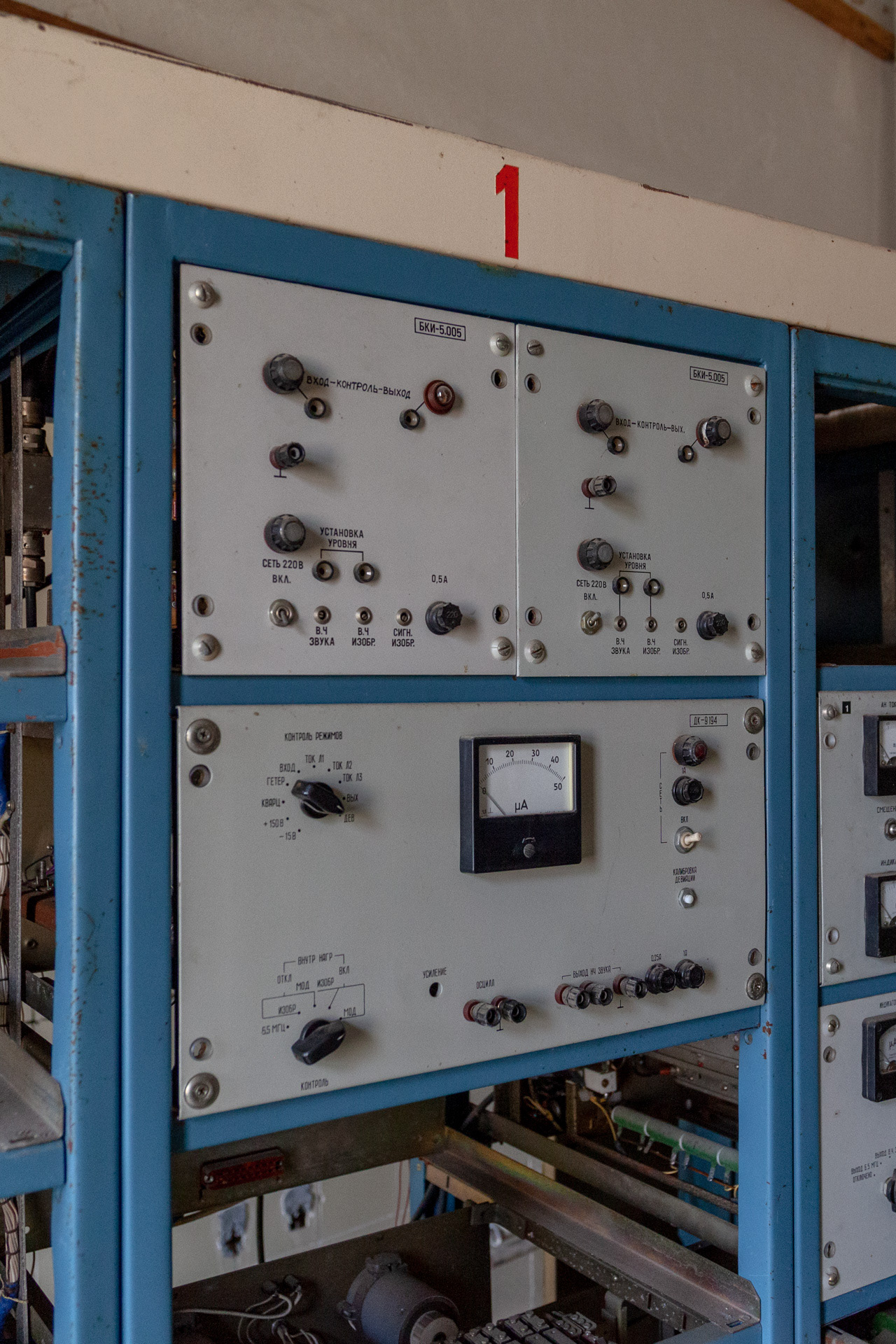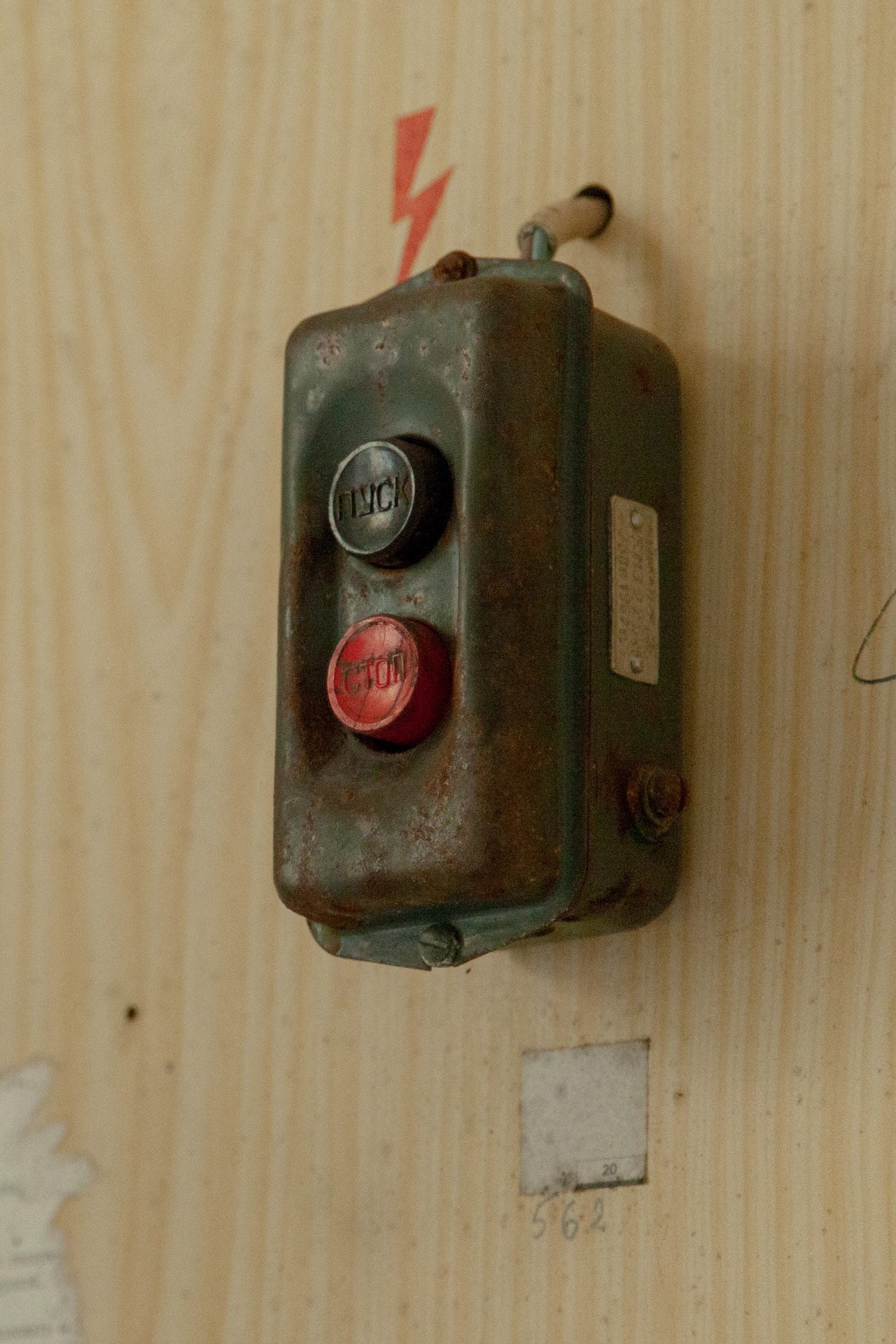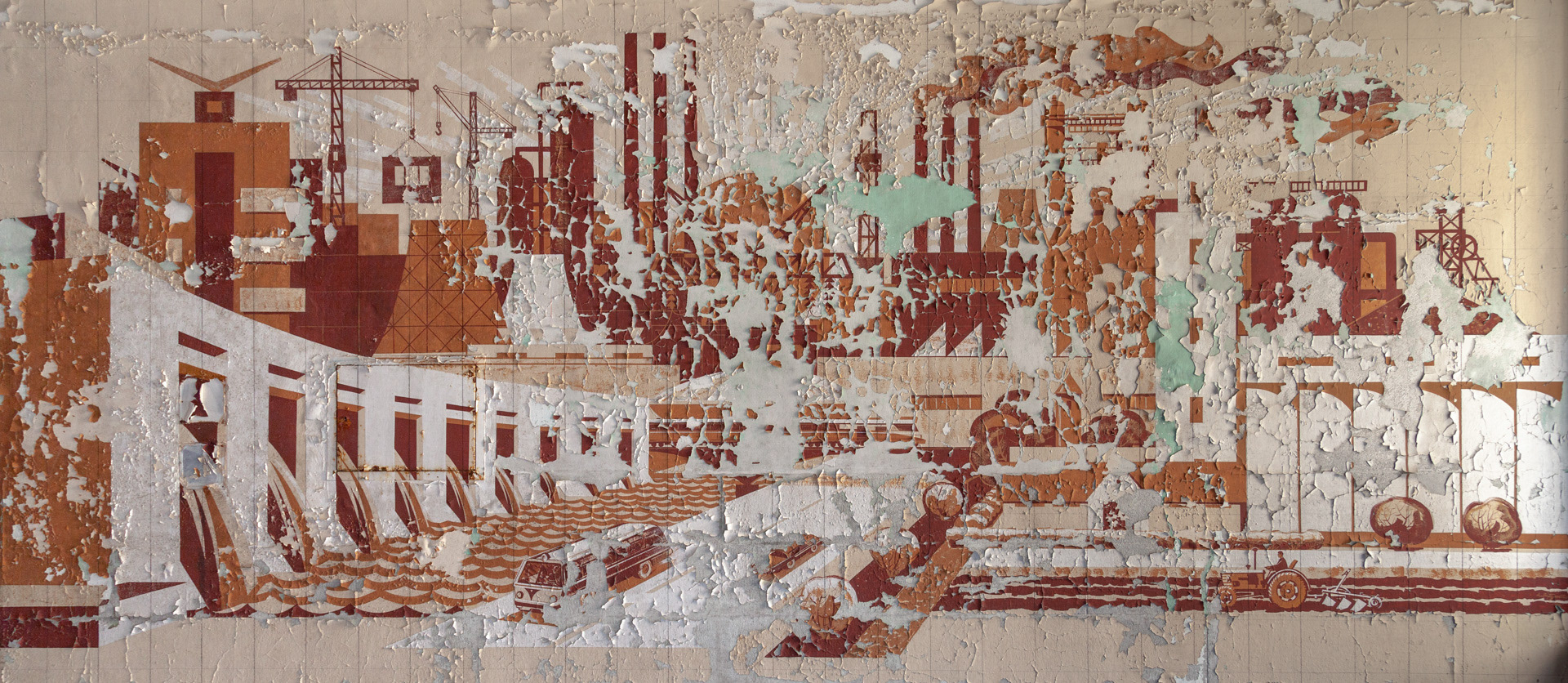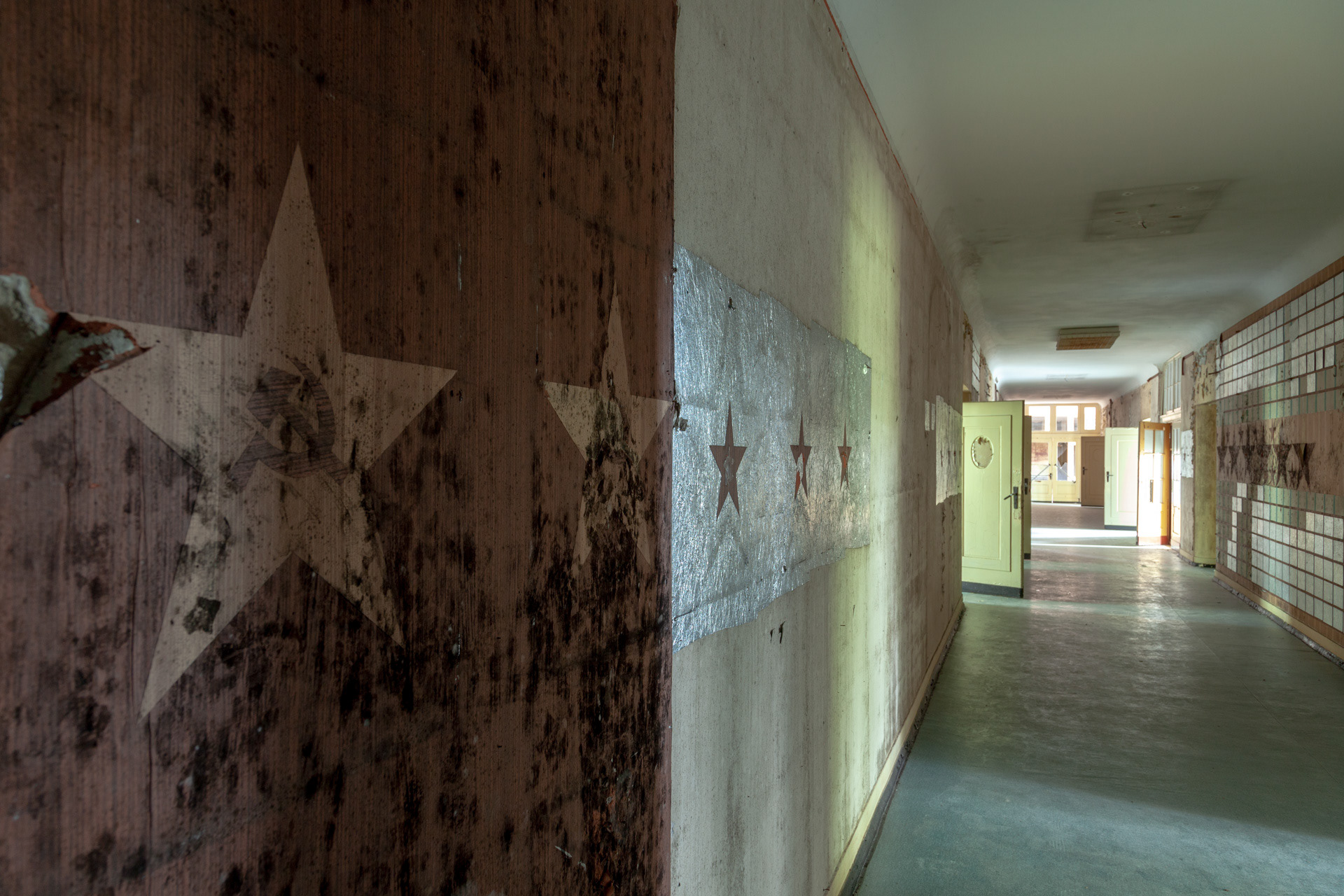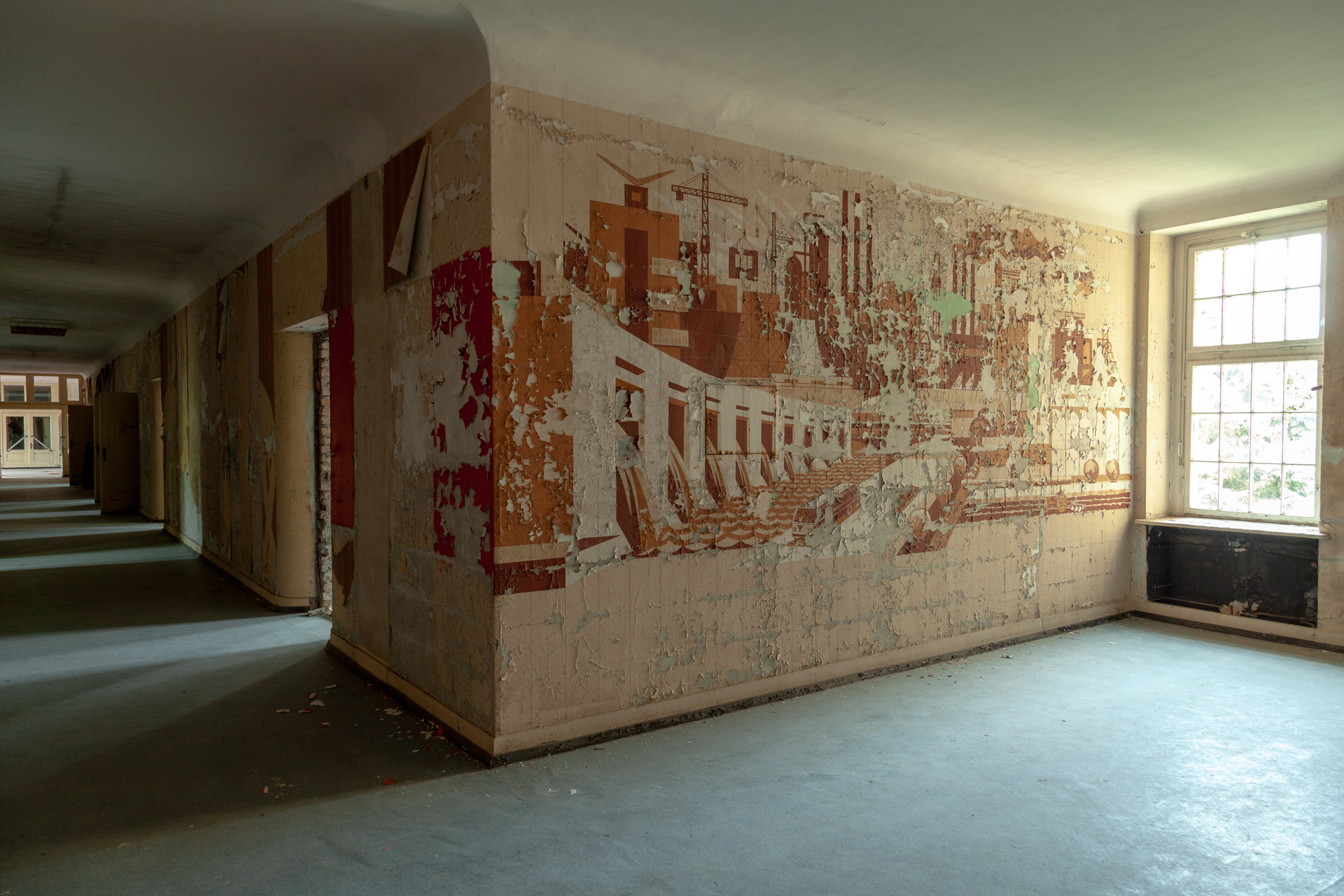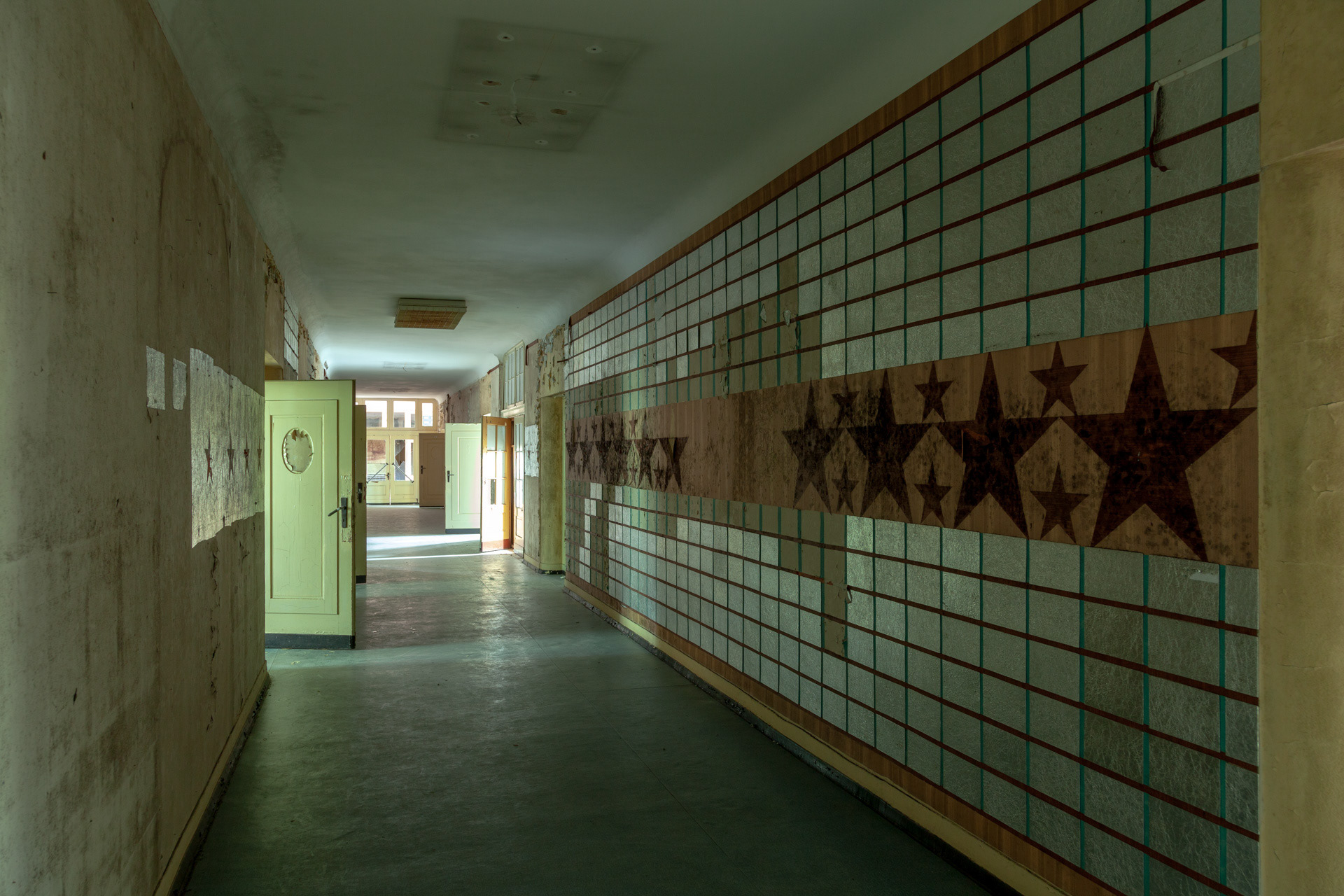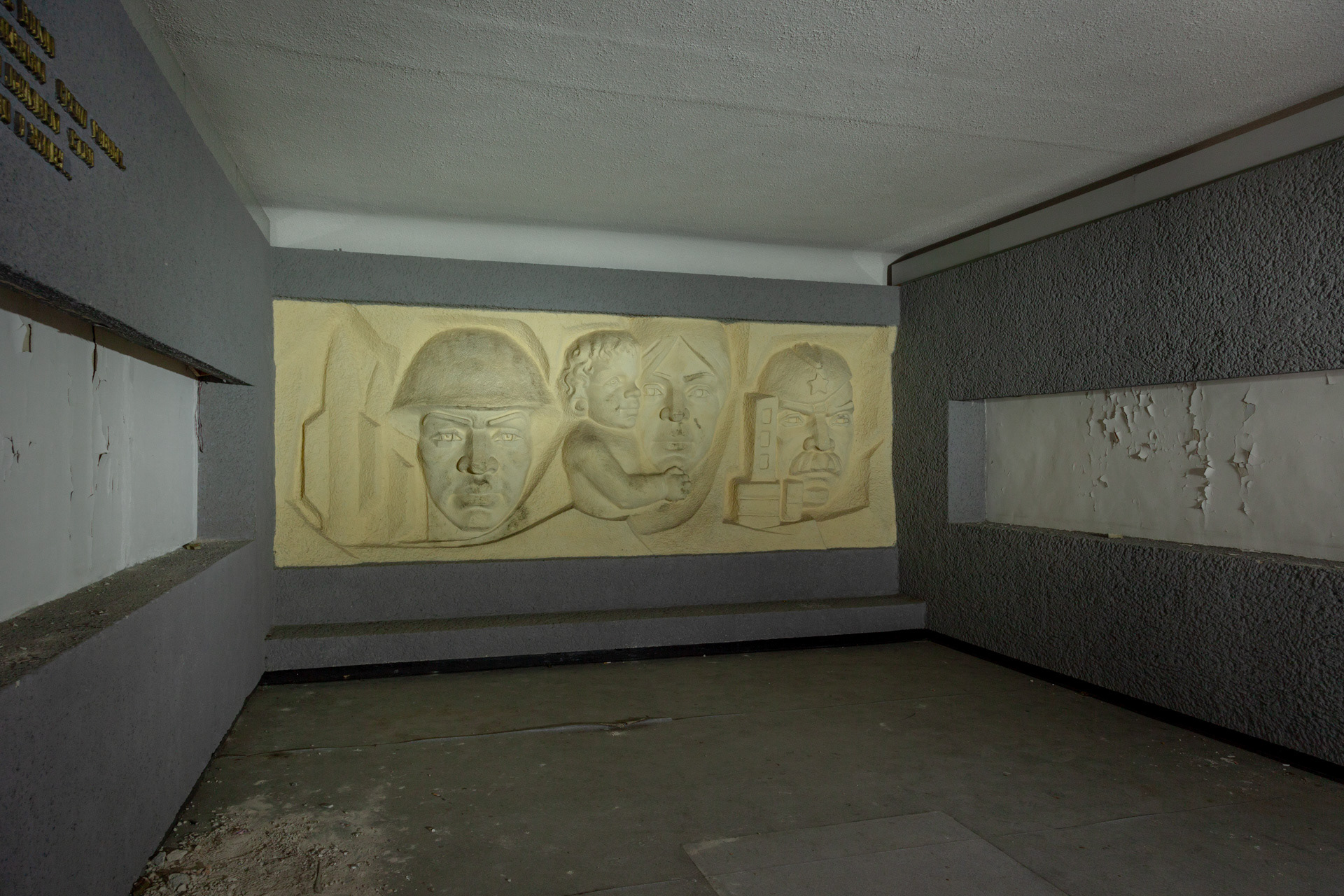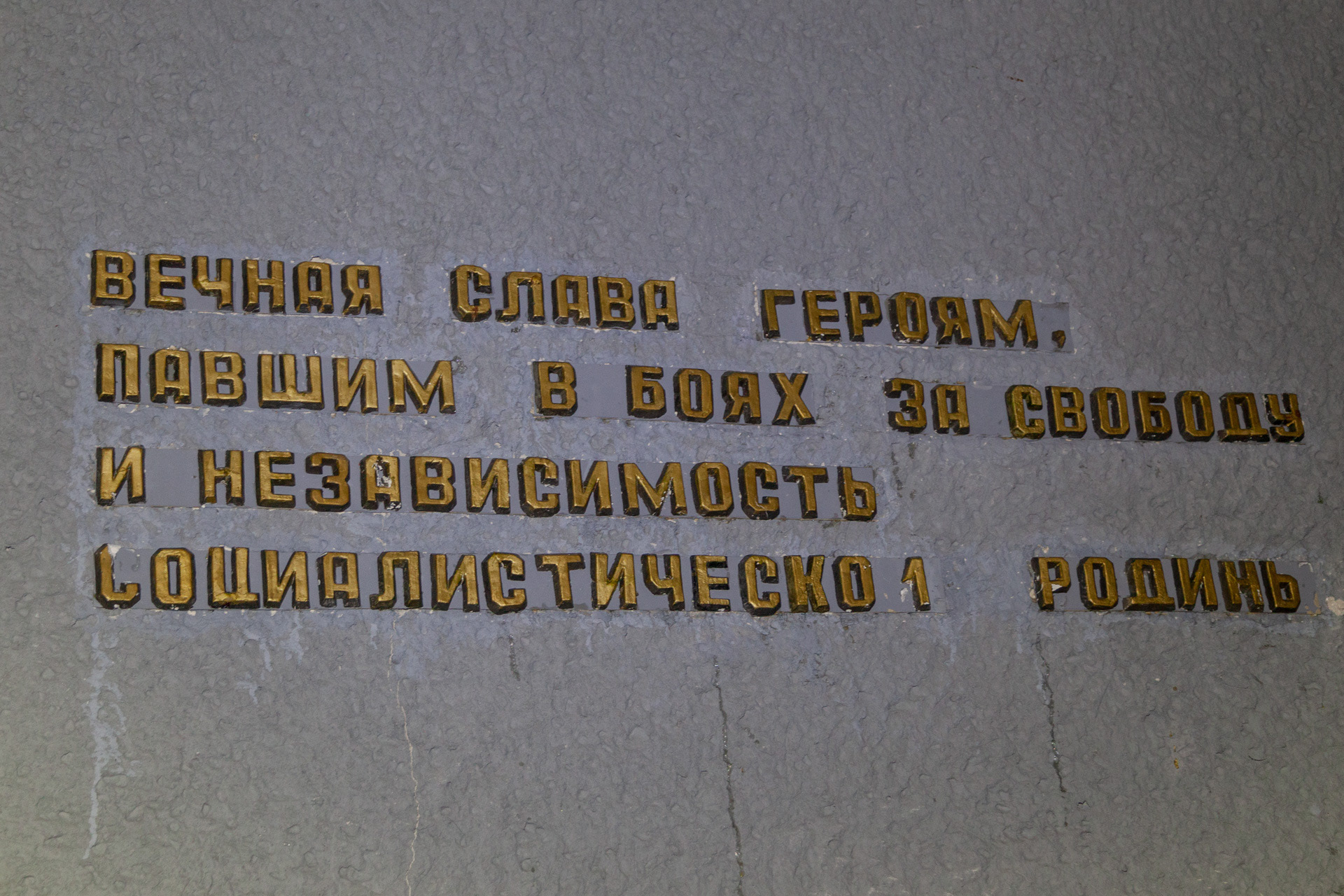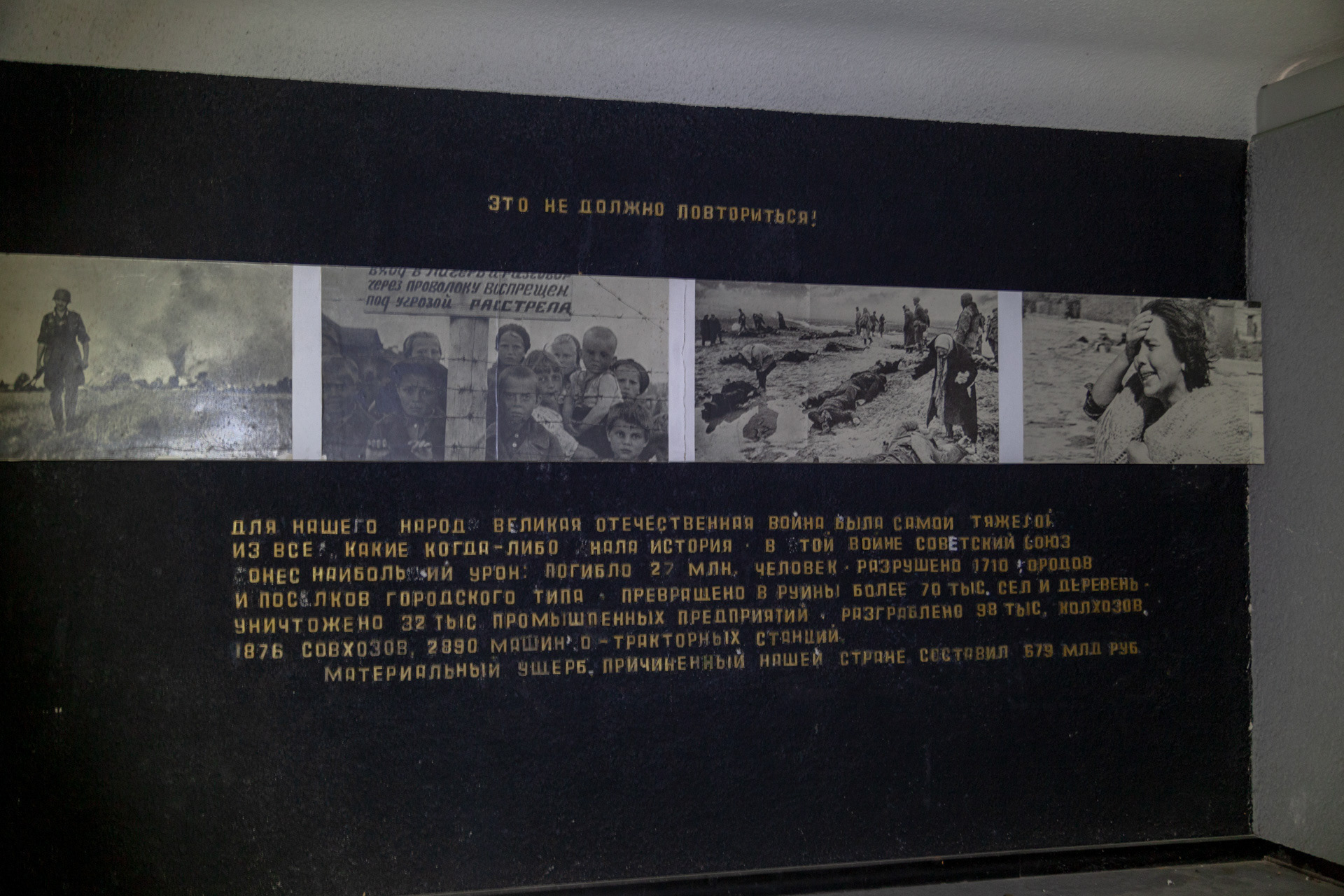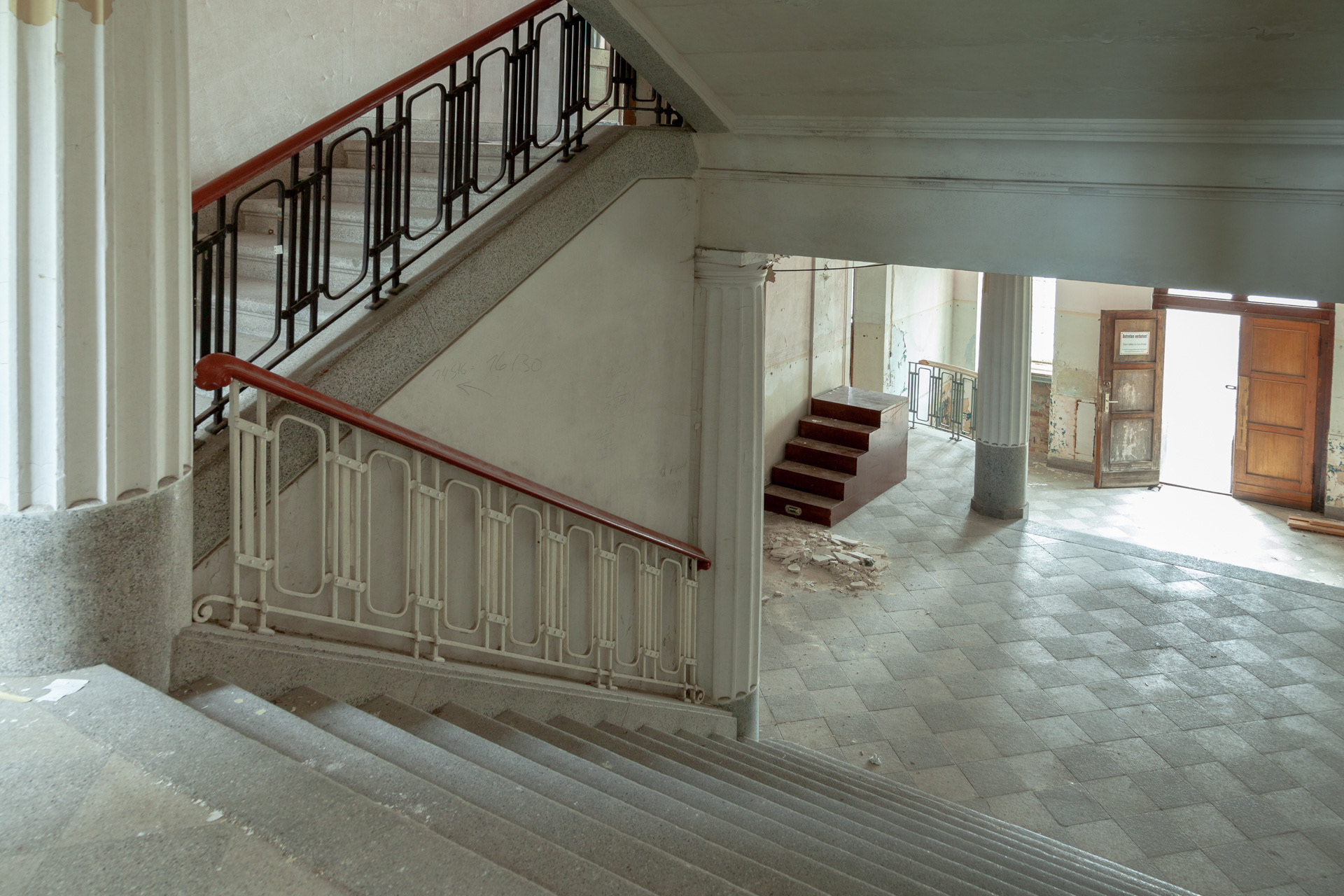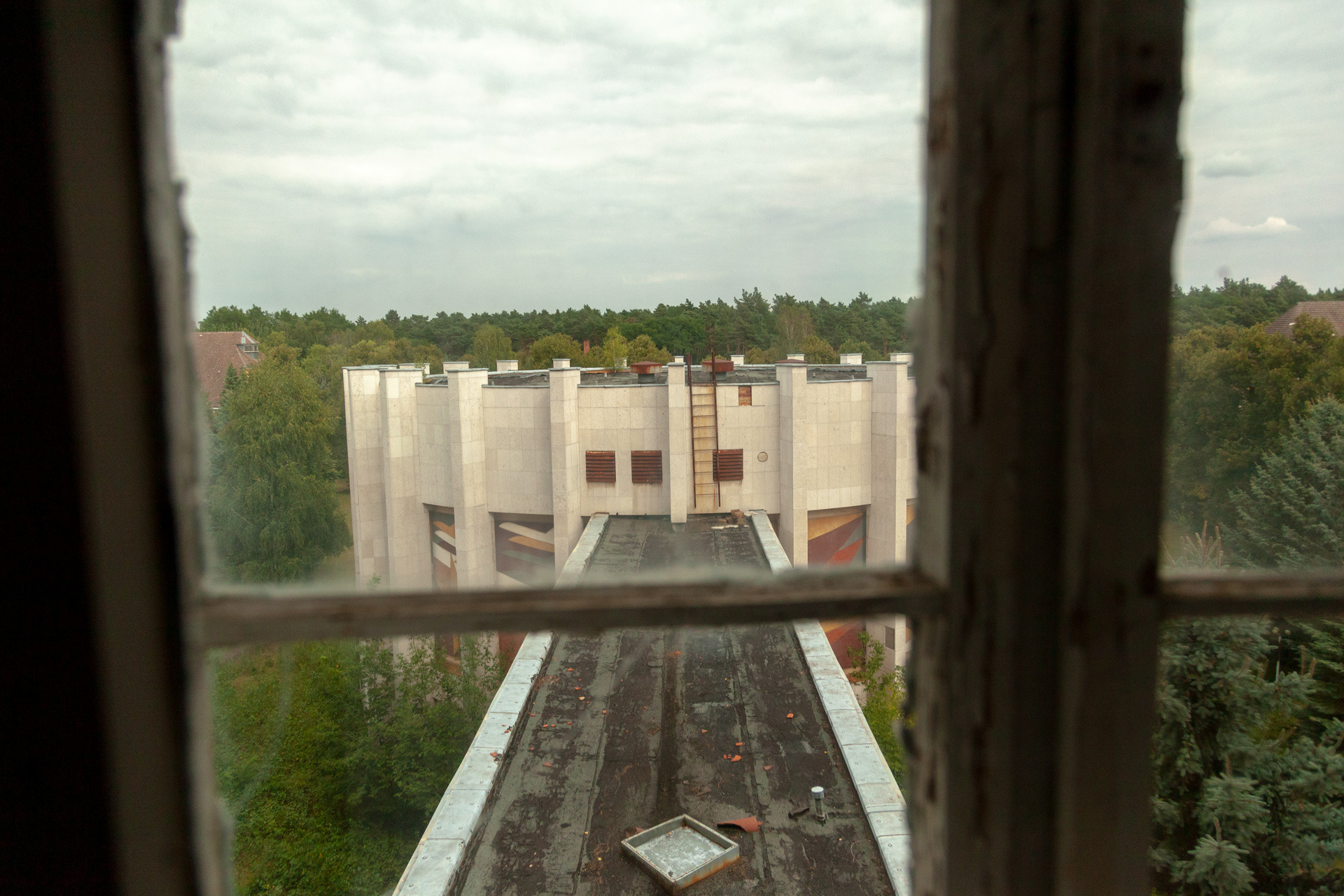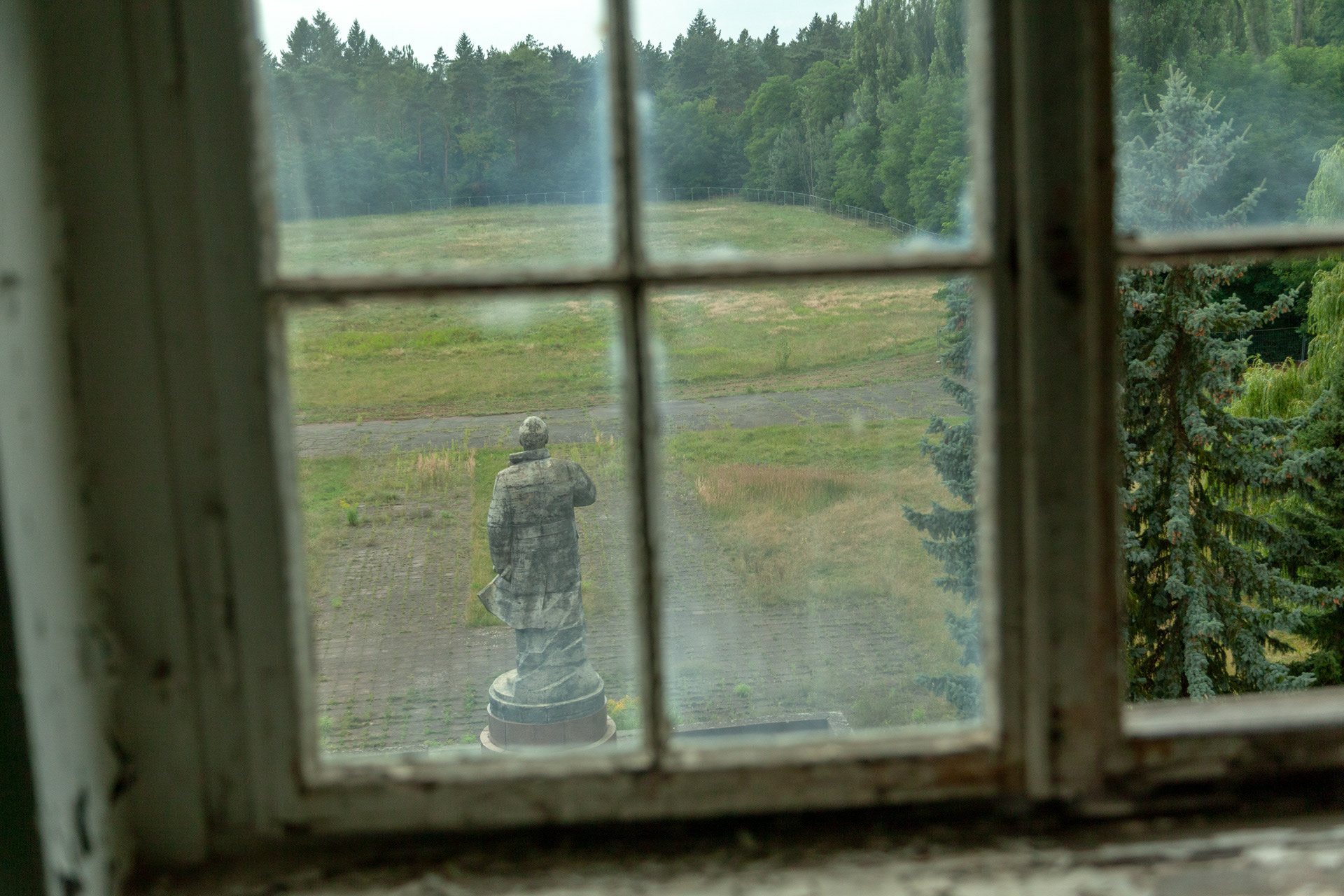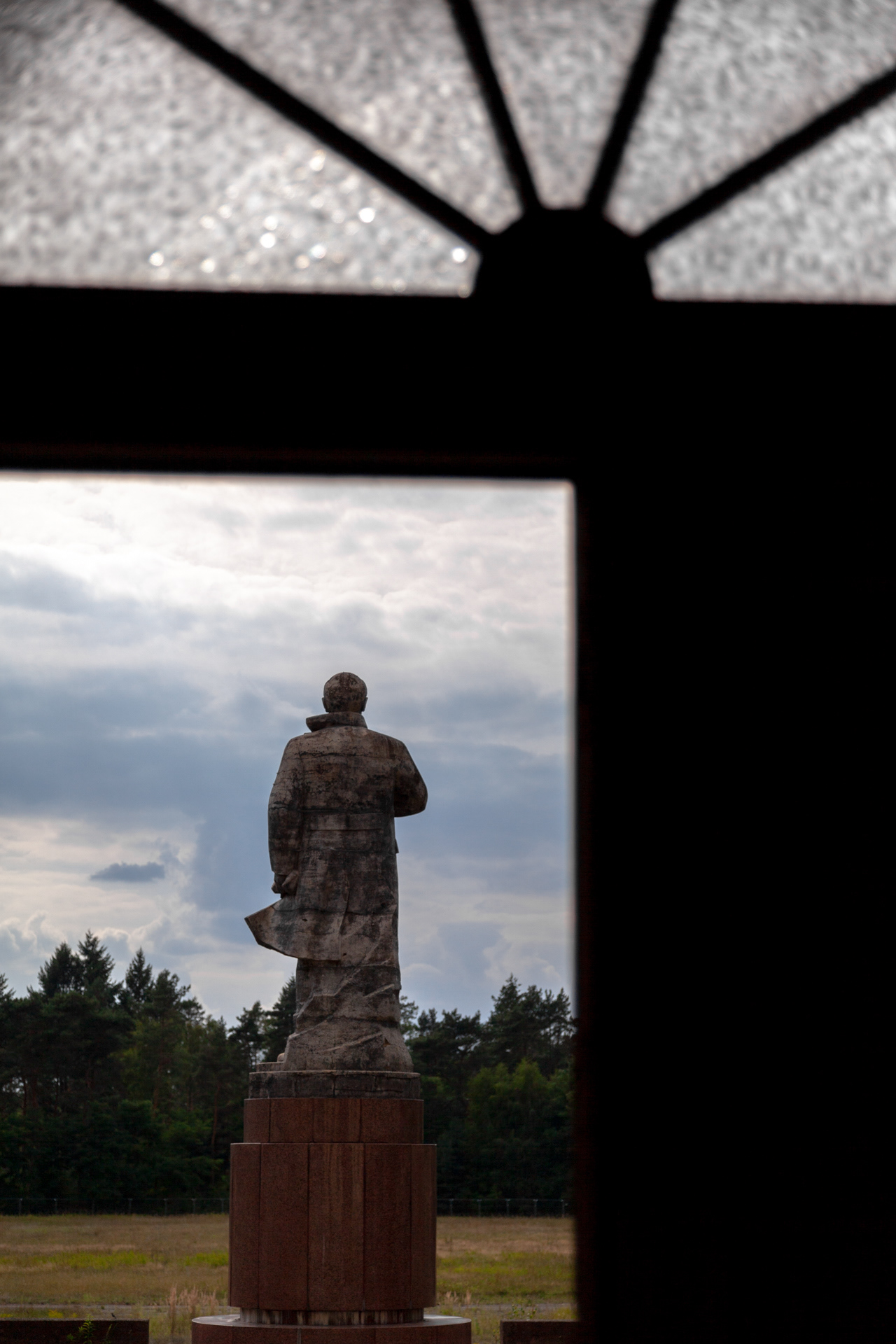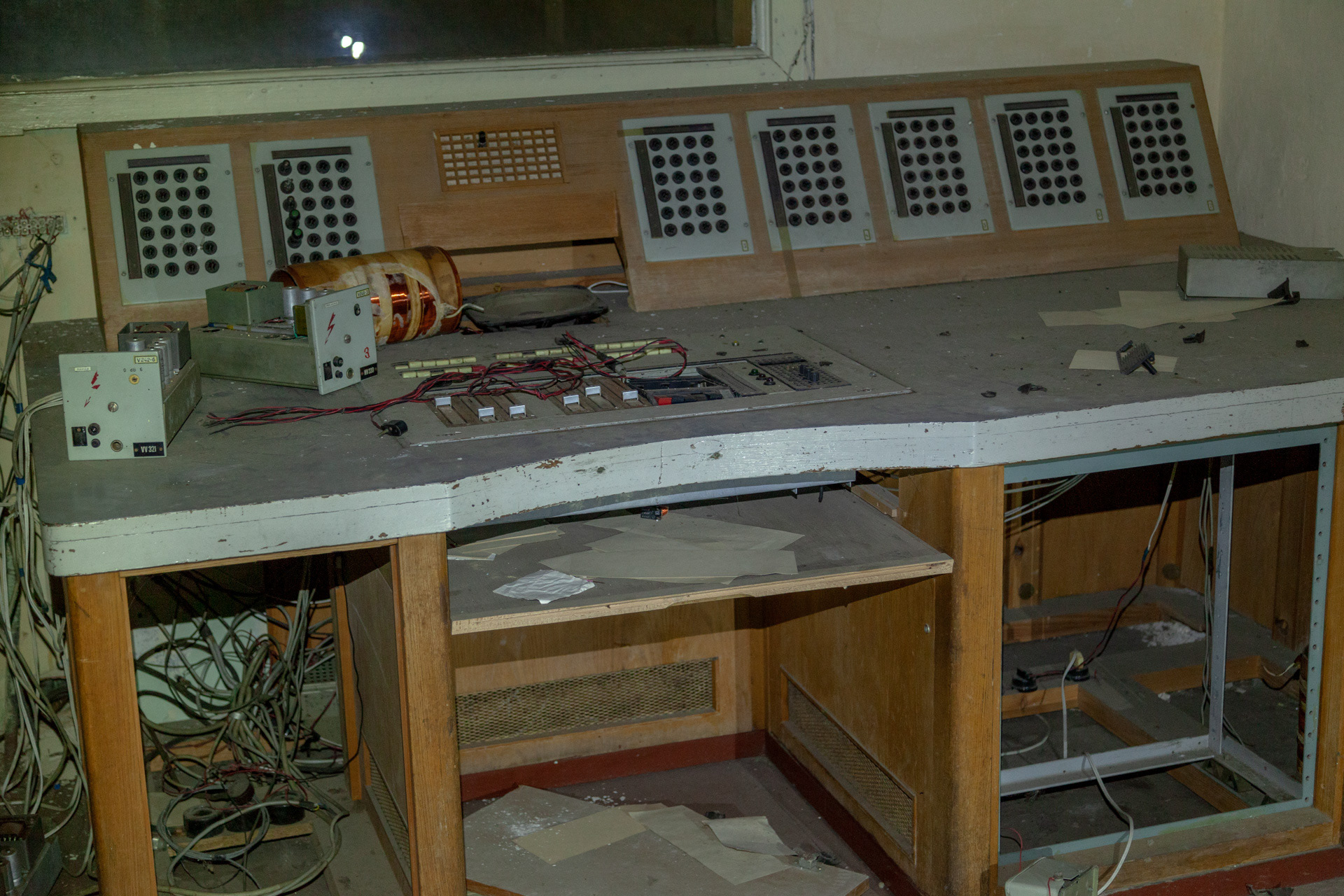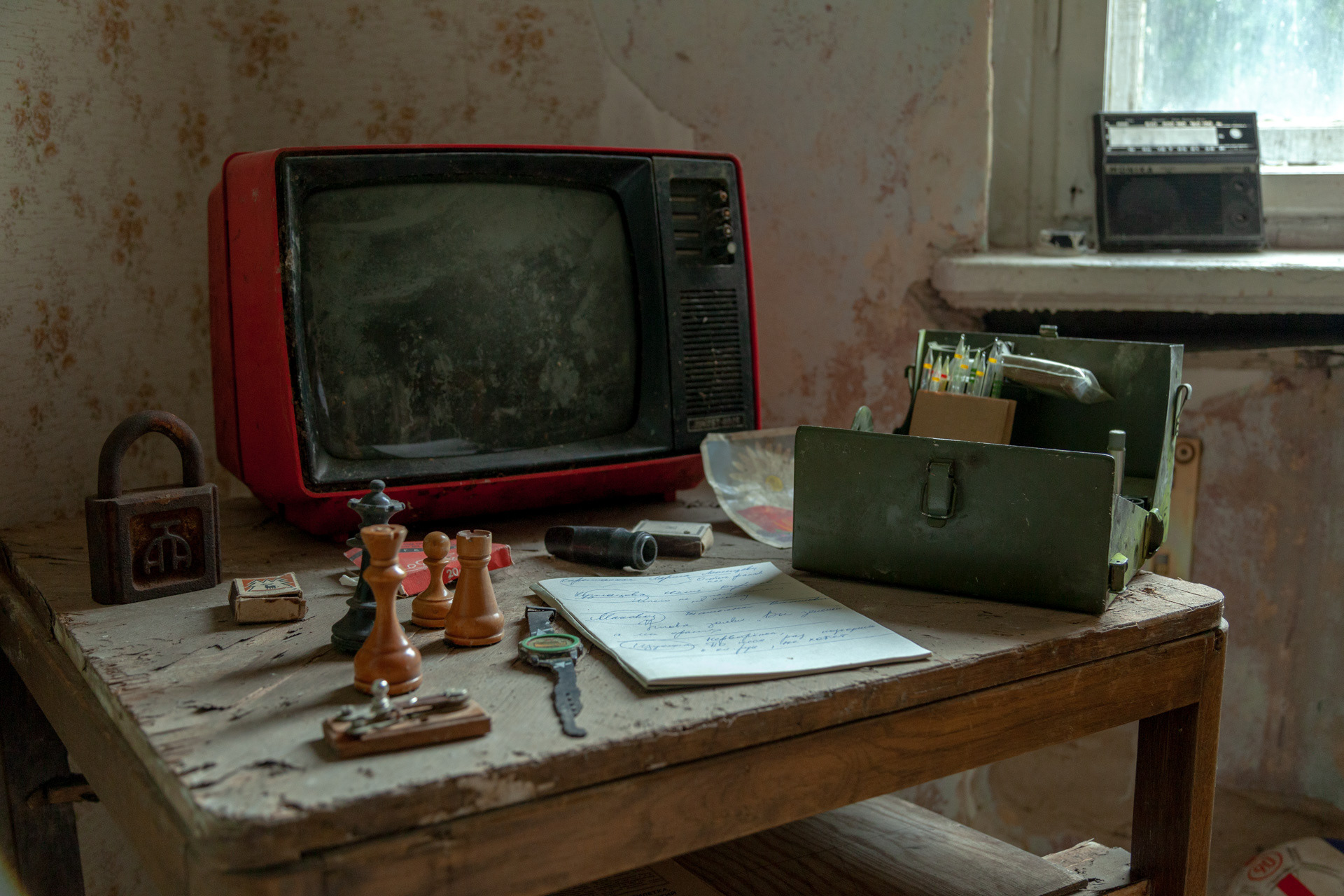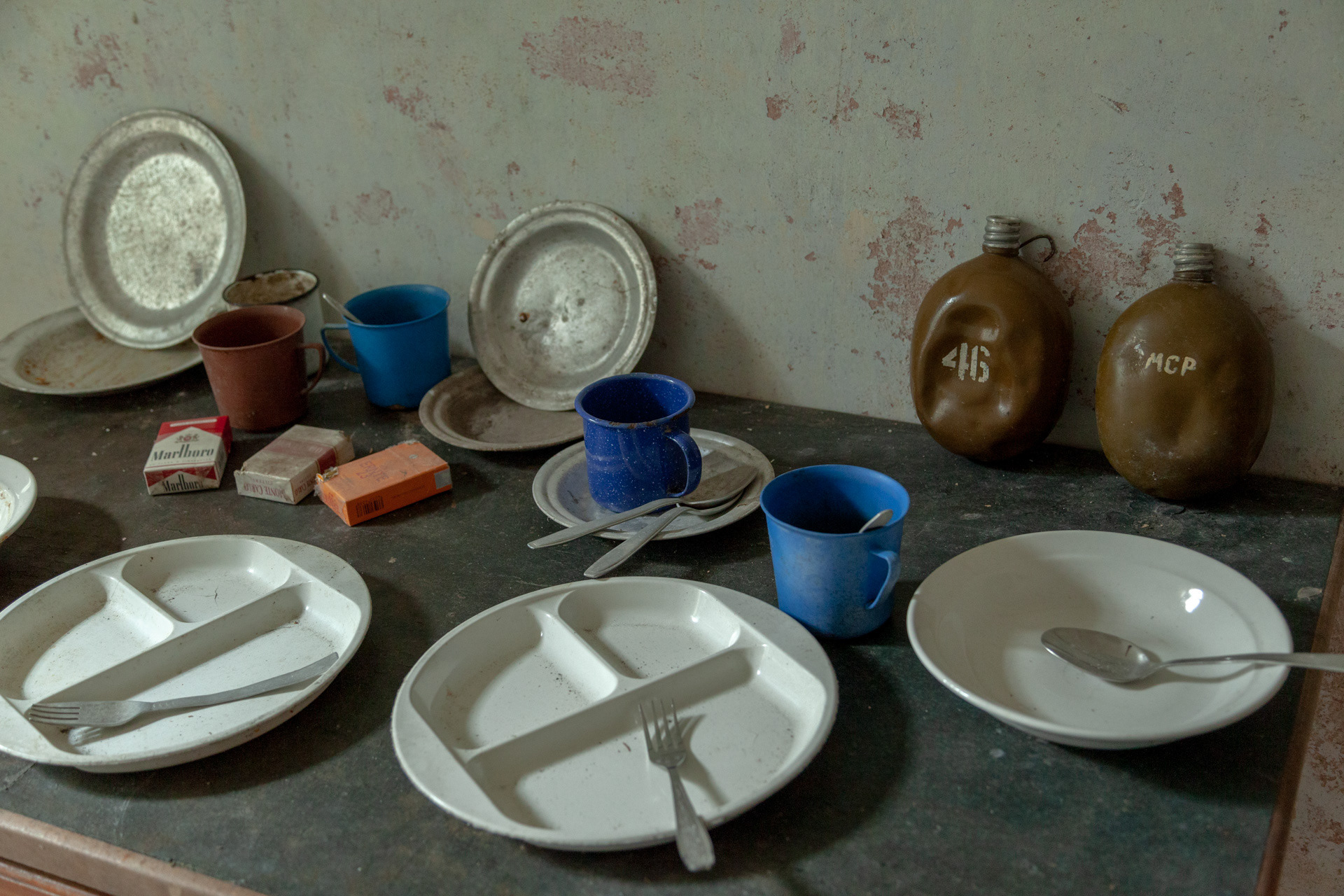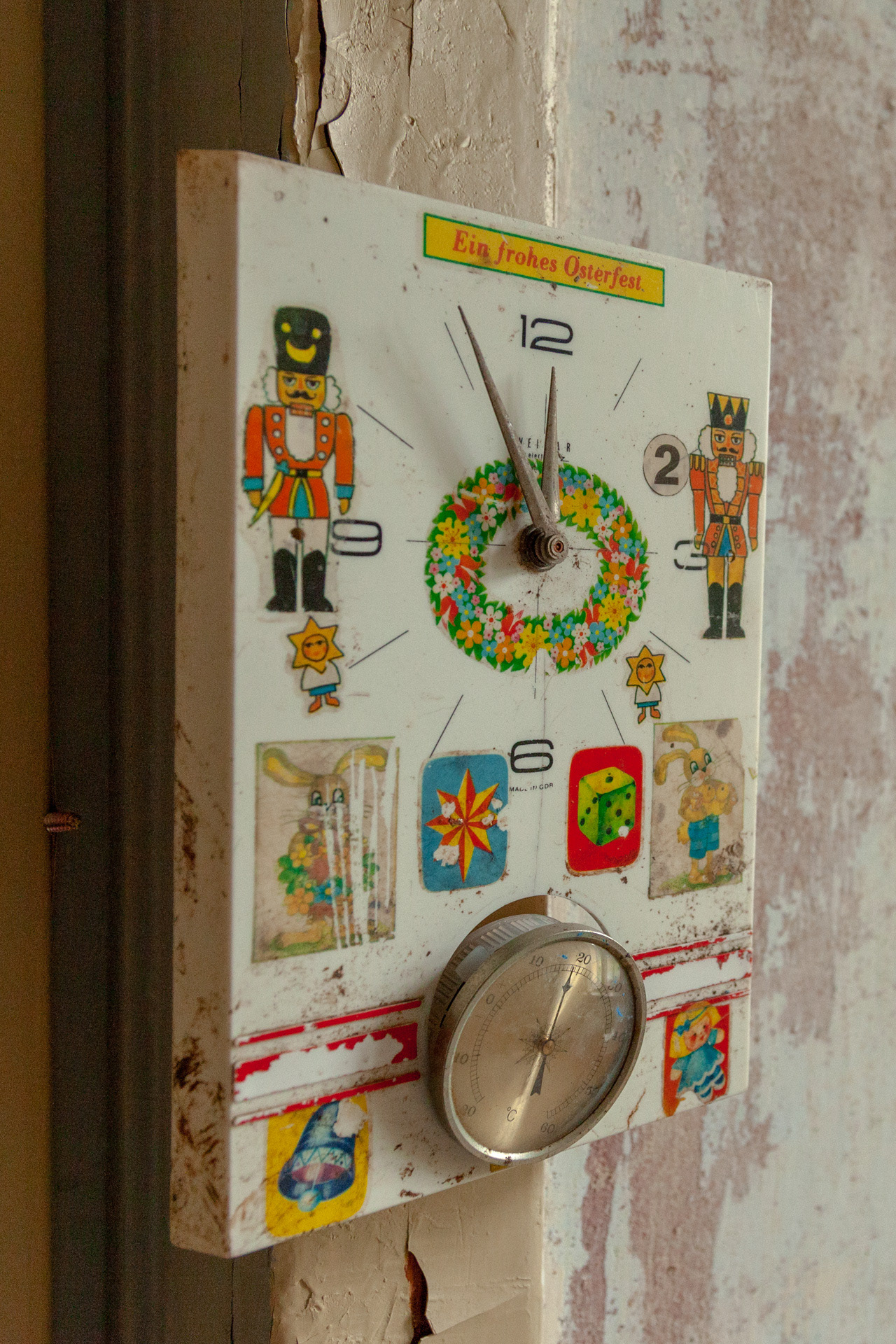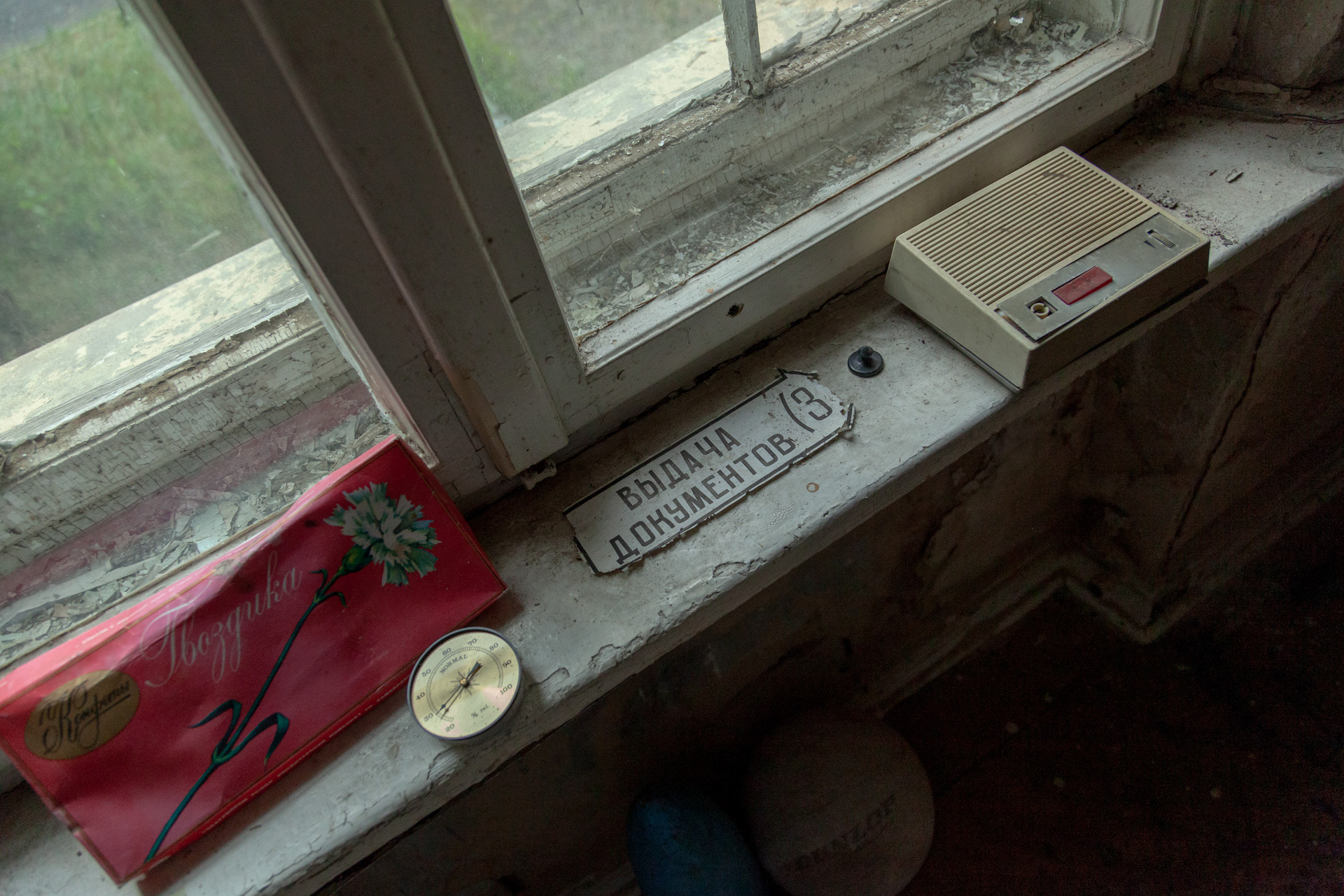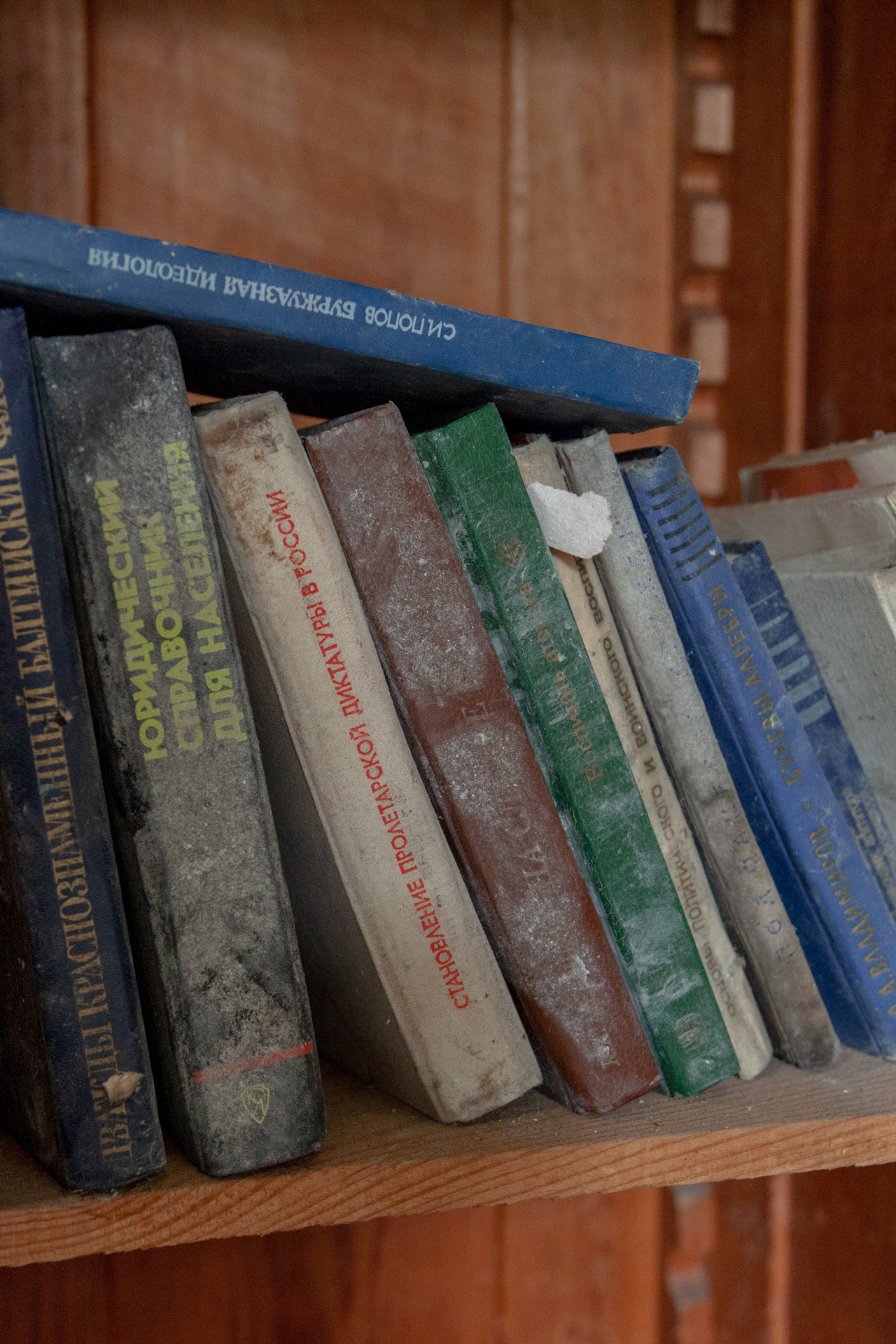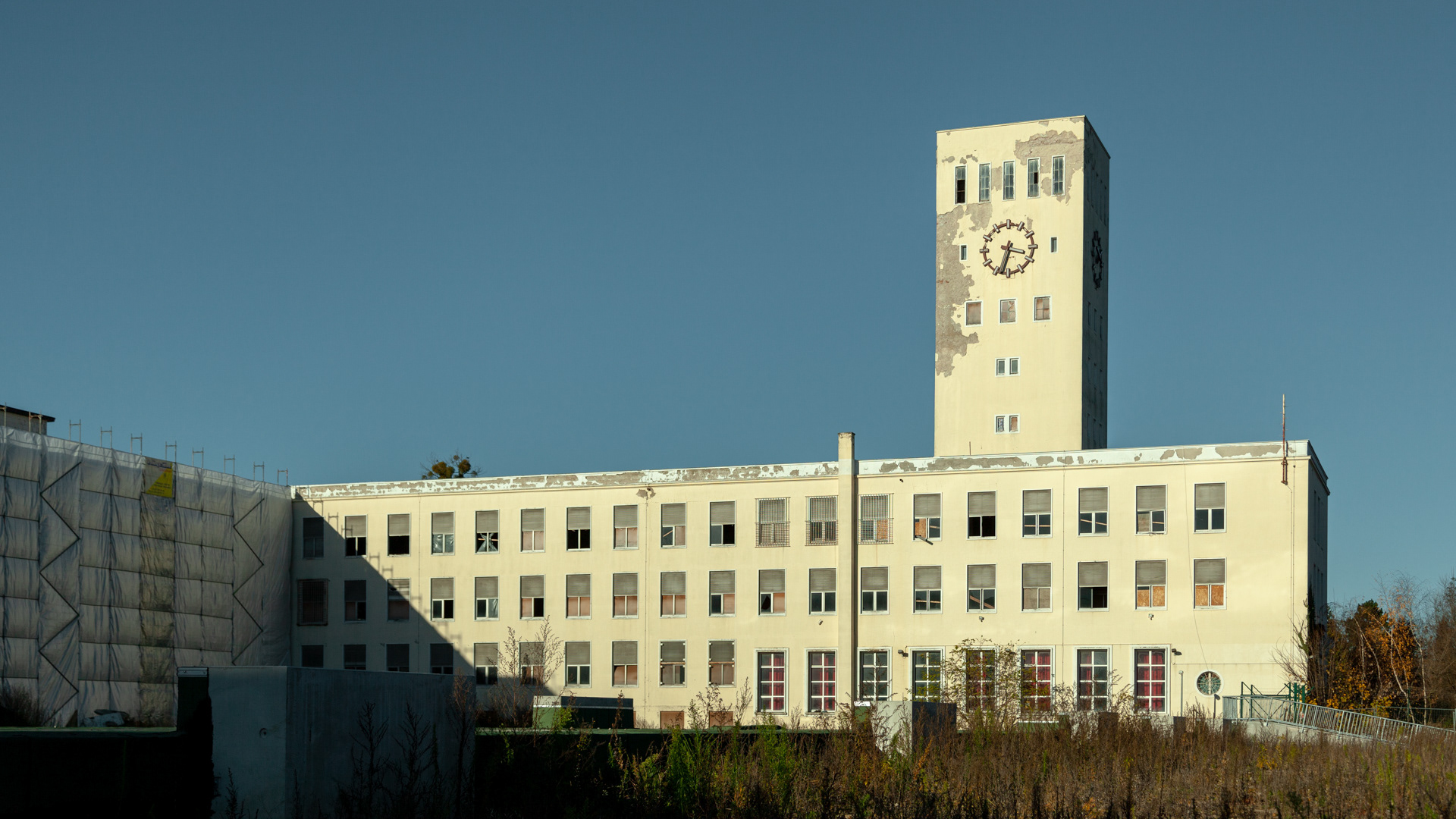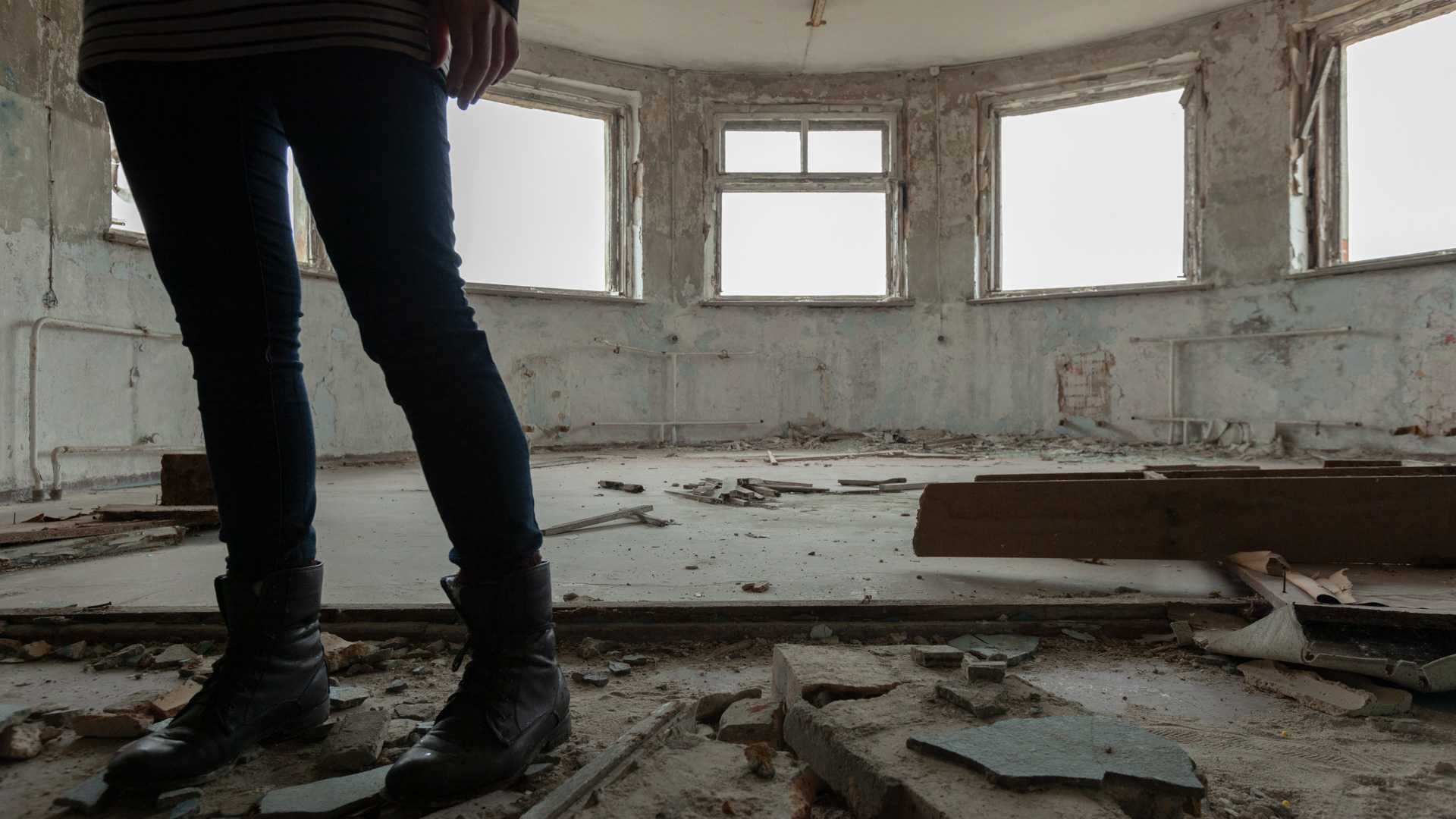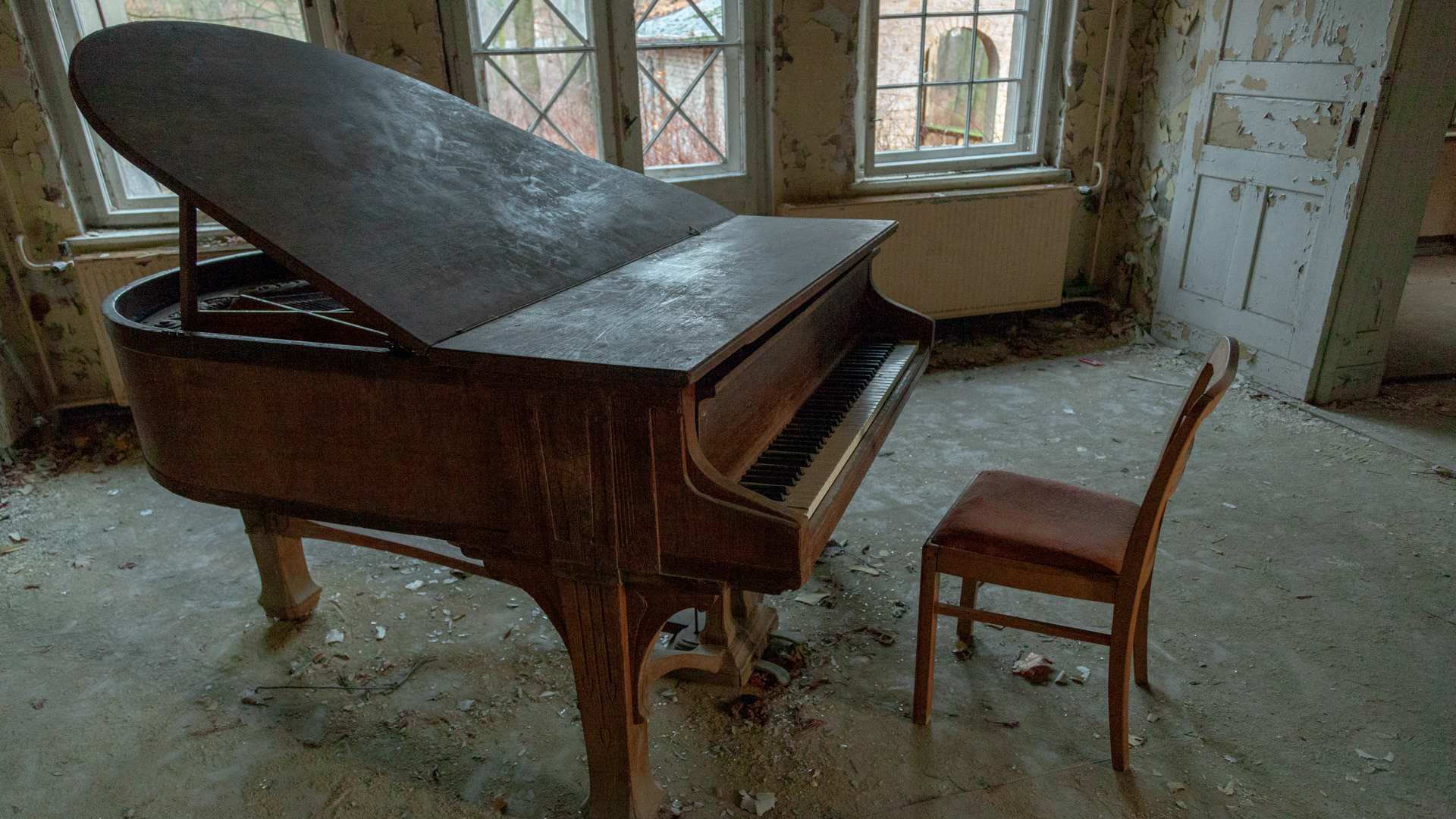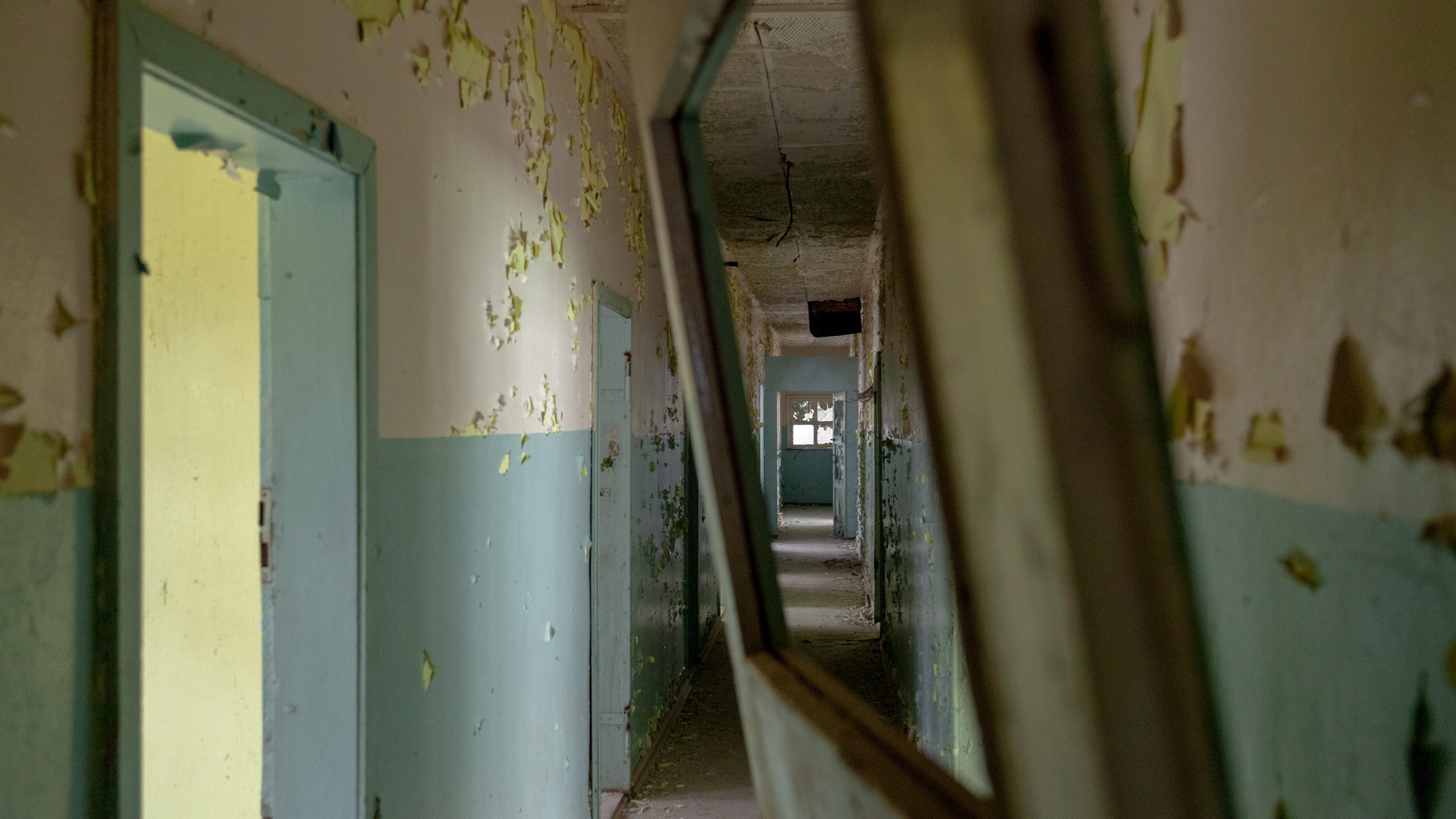(2022) If I have to describe Wünsdorf in two words, I will easily say: the bunkers and the Lenin statue - because these are the highlights on this impressive place, but the complexity of this city is beyond that. As part of Zossen, it had a long military tradition already during the Prussian Era, but most important to me has always been to see how it is dealing with the present, that unfortunately it is so statically charged with its recent past. Because, as you walk around the city, you can not avoid the eye contact with all of what happened in the last 100 years, the Prussian Era, the Nazis and the Soviets - who have left the most tangible legacy here.
Wünsdorf has been in fact the Oberkommando des Heeres during WWII and just after became one of the biggest military cities in East Germany and was the seat of the High Command of the GSSD / WGT until 1994, from where all decisions were made.
Wünsdorf has been in fact the Oberkommando des Heeres during WWII and just after became one of the biggest military cities in East Germany and was the seat of the High Command of the GSSD / WGT until 1994, from where all decisions were made.
At the beginning of the Cold War, when the Red Army mutated in the Soviet Army (CA) and they understood that they were going to remain in Germany, German families were gradually evacuated and the area became host to around 35,000 people, both military and civilian Soviets with their families. The city was closed north and south by a chechpoint and during the years, a lot of buildings were added till the very end of 1989.
Together with the apartments and military facilities, there were shops and schools, a bread factory, a theatre, a small prison, a museum, and a sports club from the Prussian era where the statue of Lenin still stands.
After the Fall of the Berlin Wall and some years as a huge ghost city, the situation is reversed. The area was first depleted and now, day by day, German families are moving in, transforming the barracks into apartments and starting new lives in this huge area.
Some buildings are still abandoned, used from time to time for some historical tours or used as location for movies/videos, the eastern part of the former Artillery school is still abandoned, if we exclude the area of the huge parking hangars. The bunkers have been preserved by a private investor who decided to buy them (nobody can actually dismantel them anyway, as they are deep into the ground) and you can visit for a ticket.
During the drafting of We Will Forget Soon, I made several visits to the entire city, as we got the opportunity to get in touch with the people who manage the abandoned properties through the Bundesstiftung zur Aufarbeitung der SED-Diktatur (co-financier of the project), making our life easier as we got access to all the buildings. Some others were abandoned, closed, in some other building we just went in as possible, to document what was still available.
Recently, in 2020, I went there again with Heinz Cadera and Sven Giebel for a 13 minutes program for ARTE, where I briefly explained my research.
Some buildings are still abandoned, used from time to time for some historical tours or used as location for movies/videos, the eastern part of the former Artillery school is still abandoned, if we exclude the area of the huge parking hangars. The bunkers have been preserved by a private investor who decided to buy them (nobody can actually dismantel them anyway, as they are deep into the ground) and you can visit for a ticket.
During the drafting of We Will Forget Soon, I made several visits to the entire city, as we got the opportunity to get in touch with the people who manage the abandoned properties through the Bundesstiftung zur Aufarbeitung der SED-Diktatur (co-financier of the project), making our life easier as we got access to all the buildings. Some others were abandoned, closed, in some other building we just went in as possible, to document what was still available.
Recently, in 2020, I went there again with Heinz Cadera and Sven Giebel for a 13 minutes program for ARTE, where I briefly explained my research.

